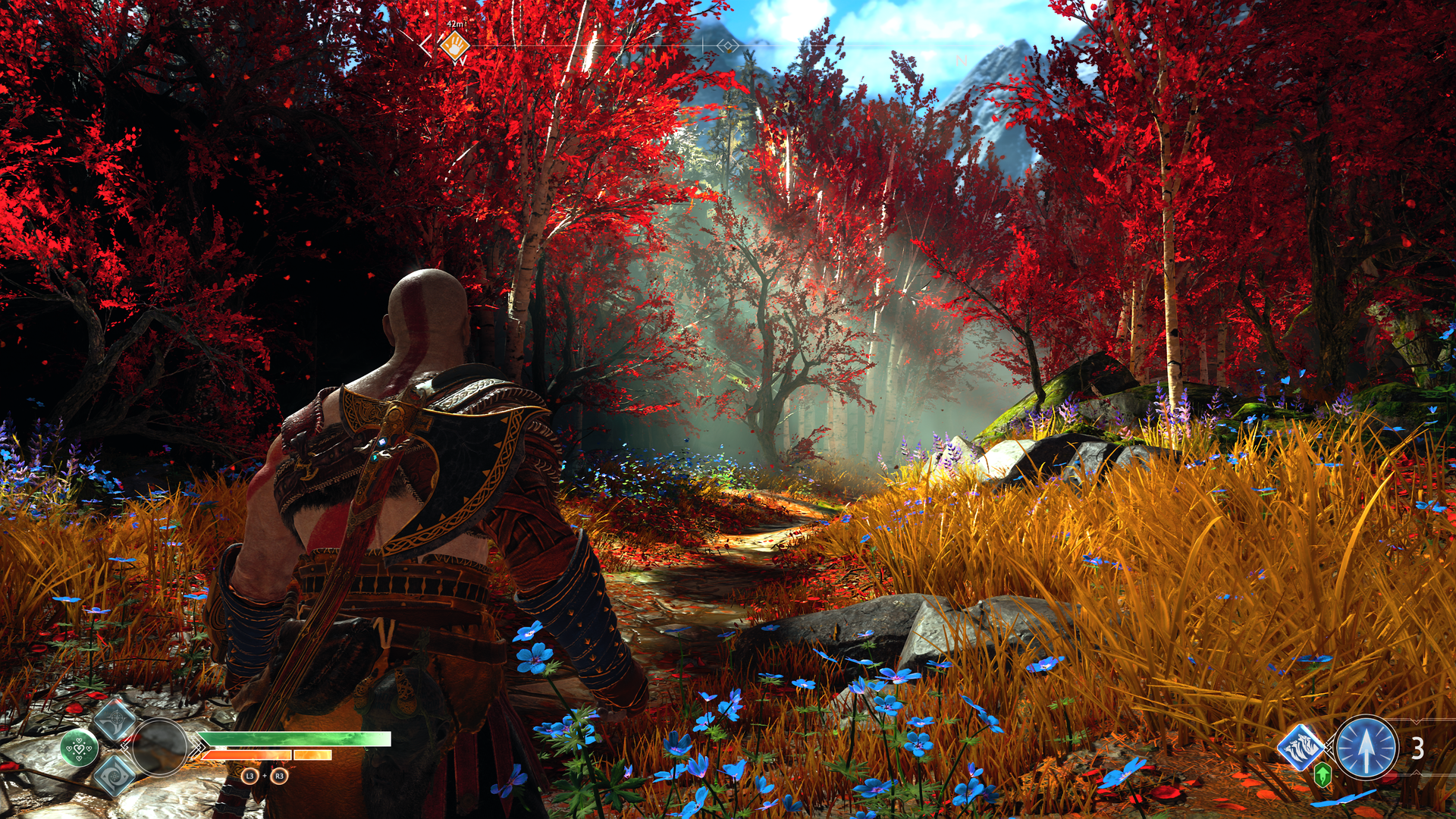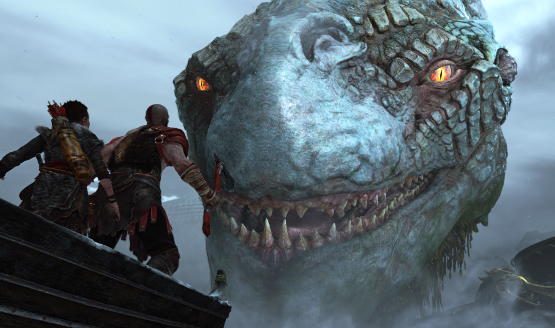Santa Monica Studio’s latest God of War was received with a barrage of overwhelmingly positive reviews, and rightfully so. Kratos’ latest adventure has showcased the franchise’s maturity, and creative director Cory Barlog has essentially spearheaded a AAA art-house project. However, perhaps the most innovative aspect of God of War is its reinvention of what it means for a narrative to be linear. Sony has produced some of the greatest linear titles of all time, from Naughty Dog’s The Last Of Us, to Team Ico’s The Last Guardian – but there’s something different about God of War. This article will identify and explain five features which contribute to this difference, and examine the game’s successful experimentation with linear form.
Mimir
Yep – the talking head. In God of War, the player must sail around the Lake of the Nine pretty regularly. While the player is in the boat, Mimir tells Atreus stories about the history of the Nine Realms. However, by doing so, Mimir simultaneously educates the player on Norse mythology, heightening the sense of immersion felt while playing. The overall effect of this increases the depth of the narrative, without necessarily adding to the game’s story. Mimir discusses esoteric details of the Norse mythos, and only does so while the player is rowing.
The game remains linear, but pulls from a well of lore, attaching added meaning to everything that the player encounters in-game. The fact that this is done while the player is engaging in probably the most mundane part of the game mechanics-wise also refrains the game from stagnating, complementing the continuous over-the-shoulder camera roll that it prides itself on.
Muspelheim and Niflheim
These are two of the realms which are accessible via the Bifrost. Although each area only has one questline, their existence adds hours and immense depth to the game. Each questline ends with the necessary item to fully upgrade your weapon, and so they are significant in relation to the main story. Although they can be ignored, it makes sense to visit them, and doesn’t compromise the linearity of the plot. However, the change in aesthetic, enemies, and puzzle-type widens the narrative’s scope.
Although the game remains linear, the walls of the line expand outwards, yielding lots of wiggle-room – or, essentially, an open world within boundaries. This opens up brand new possibilities for linear gaming, as it highlights the fact that a game can be entirely story-oriented, while also giving the player the opportunity to explore the map. Exploration is an important and unique affordance championed by video games, so its incorporation into the linear narrative is massively progressive, and very exciting in relation to future possibilities.
Mythological Anchoring
God of War–like previous installments in the franchise–is rooted in mythology. The effect of this is that the player can come to the game with a knowledge of its world prior to even starting. Everybody has heard of Thor, Odin, and Asgard, and so a sort of familiarity is attached to the game, allowing for immediate resonance with its context. What’s interesting about God of War is that it completely subverts what this would otherwise imply. Thor, immortalized in popular culture as a heroic figure, is a total dick in God of War, and Odin is completely crazy.
The player doesn’t even get to see Asgard, and Baldur, who is a prominent figure in mythology but certainly not known to everybody, takes center-stage. The game uses its base in mythology to entice the player initially, but manages to do just fine on its own, reserving most of the big stuff for later on in the series. It grants familiarity to gain attention, but subsequently defamiliarises the player from their surroundings in order to assert that it has its own story to tell. It tells a new story within an established setting, and the interactive nature of gaming allows the player to assume an active role in a different world.
Limitations of Fast Travel
As the article mentioned previously, the player must frequently sail to new locations. Fast-travel does exist in God of War, but it is very limited. It doesn’t become available until an actual transport system is established in-game by Brok, and you can only travel to a fast-travel area from a fast-travel area. On top of this, the areas are few and far between, so it’s often more efficient to walk or sail to where you need to go. As a result of this, the map becomes relatively open-world, despite the linear nature of the game’s plot.
By encouraging the player to manually travel from one place to another, the player learns the map’s layout, and backtracking becomes a really prominent aspect of the game – especially if the player decides to go for platinum. In a similar fashion to the way in which the exploration of Muspelheim and Niflheim widens the walls of the plot’s line, backtracking makes the map seem a lot bigger, and far denser. The story may be focused on where it wants to go, but unlike many other linear titles, almost every part of the map can be revisited, leading us away from the self-contained sections of previous linear titles.
Leviathan Axe
Last, but certainly not least, is Kratos’ answer to Thor’s Mjolnir. The Leviathan Axe is based on the mechanic that it returns to Kratos’ hand after he throws it. This mechanic is hugely important in relation to both combat and puzzles. In one instance, Kratos may need to freeze a gear by throwing his axe at it, which holds a gate up until he can pass with Atreus. He then recalls his axe, and the gate closes behind him. In combat, if three enemies are in a line, Kratos can throw the axe through them, and immediately recall it through them again. Also, its elemental damage is of huge importance when fighting certain enemies, especially on higher difficulties. The effect is that the player must master the axe’s mechanic in order to win fights and solve puzzles. If a player can’t complete a time-trial, they can’t progress to the next part of the story.
The inability to use the axe to its full potential punishes the player with a stagnated narrative, and, because the plot is linear, they have no alternative route. This is a unique aspect of video games, which resists the instant gratification provided by other forms of contemporary media. While TV can be received passively, a gamer must actively earn their story. God of War’s emphasis on an item as the key to solving puzzles and achieving success in combat ties progression entirely to the player’s skill, and although it may be frustrating for the player to fail, it is always worthwhile when they eventually triumph. As the inimitable Samuel Beckett once wrote: “Ever tried. Ever failed. No matter. Try again. Fail again. Fail better.”
God of War is a work of art. Pretty much everybody with any degree of interest in video games is likely aware of its critical and commercial success, but it was successful in ways that supersede these. God of War has opened up new possibilities in narrative composition, and is of immeasurable importance in helping to cement gaming as a pillar of contemporary storytelling. There are many out there who still derogatorily scoff at gaming, but God of War reminds us of all of the reasons as to why these people just don’t seem to get it. There are certain things that only video games can do – certain things, such as inventing an entirely new narratological form.
God of War Review
-
God of War Review #1
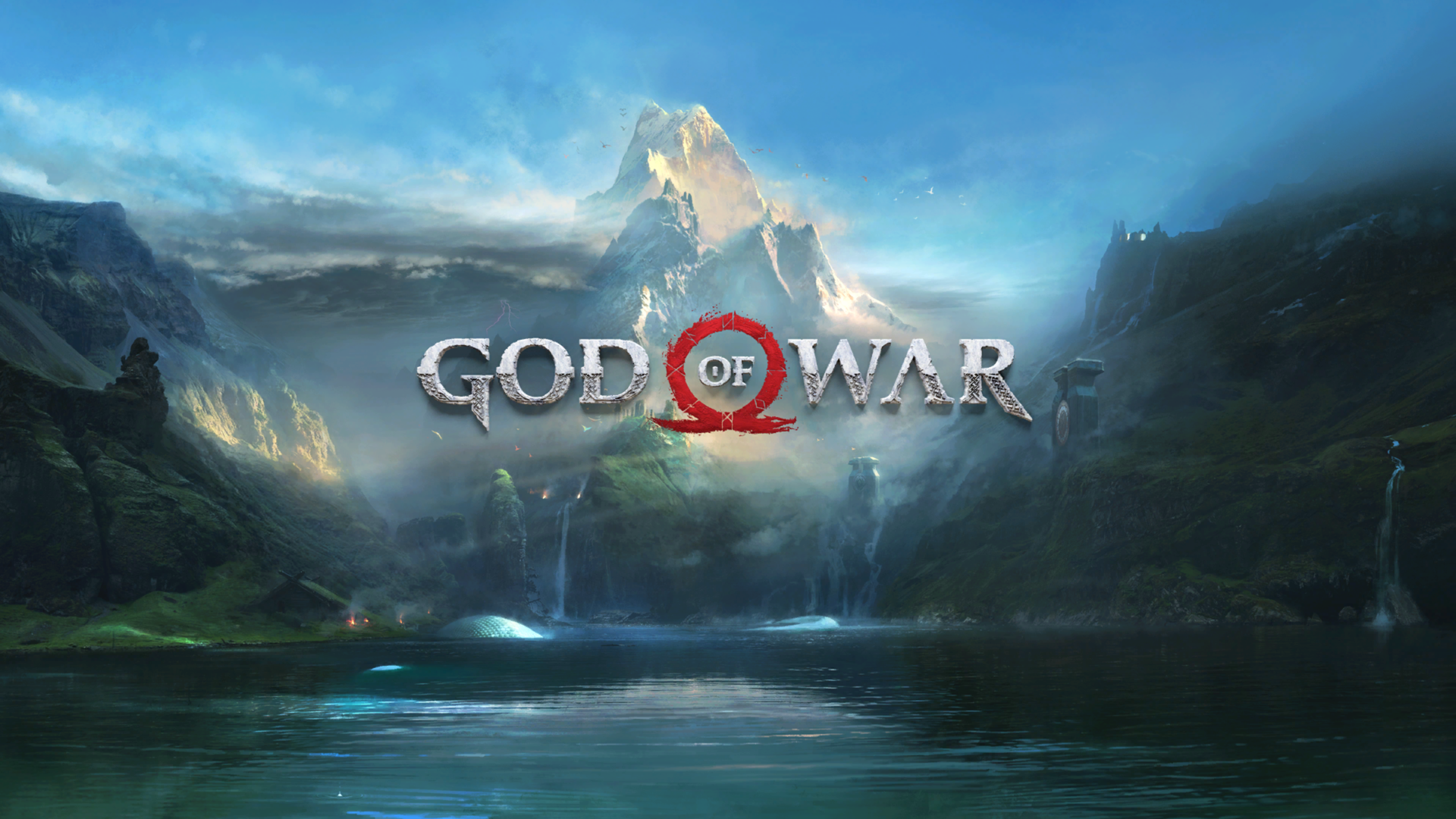
-
God of War Review #2
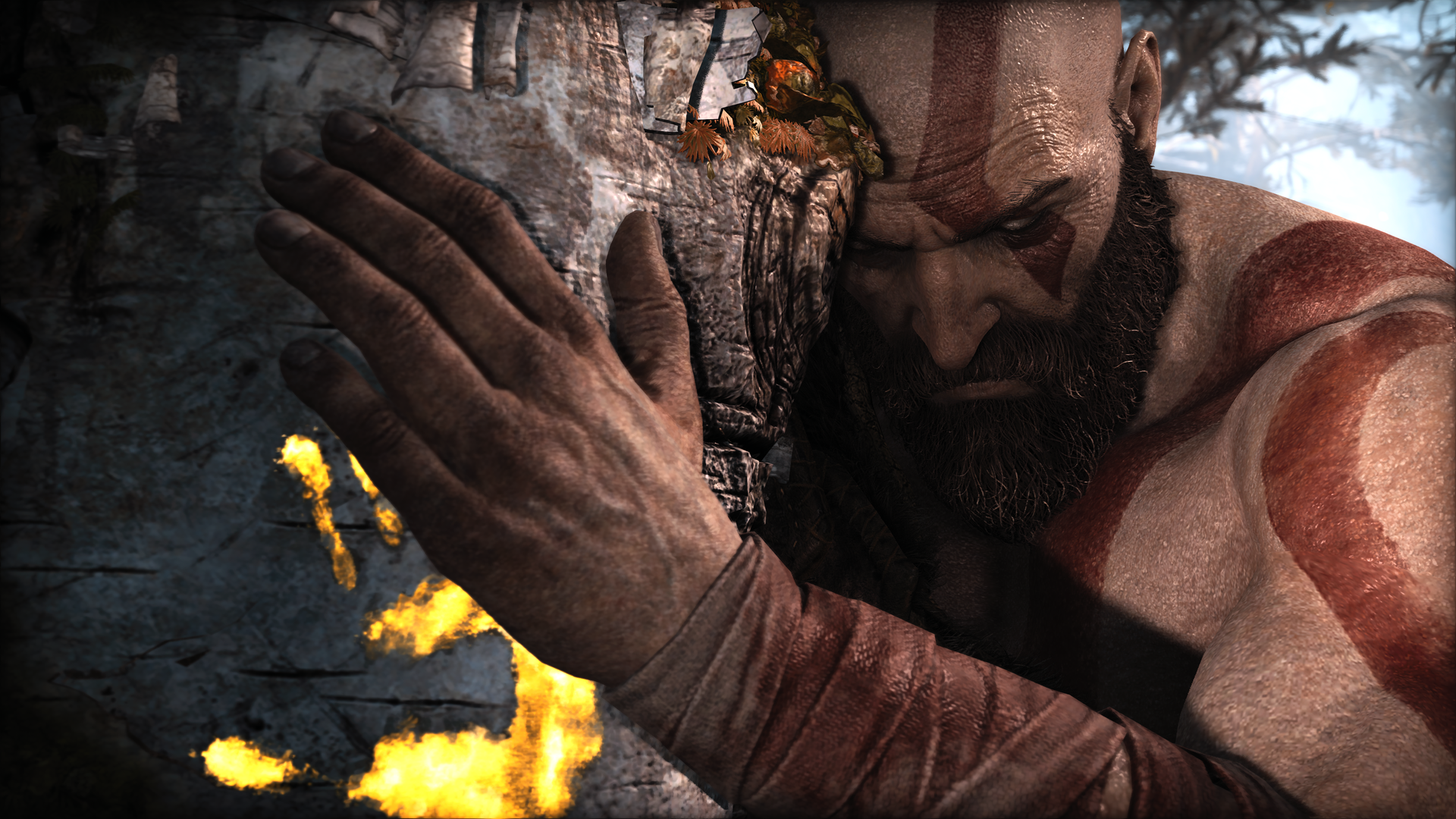
-
God of War Review #3
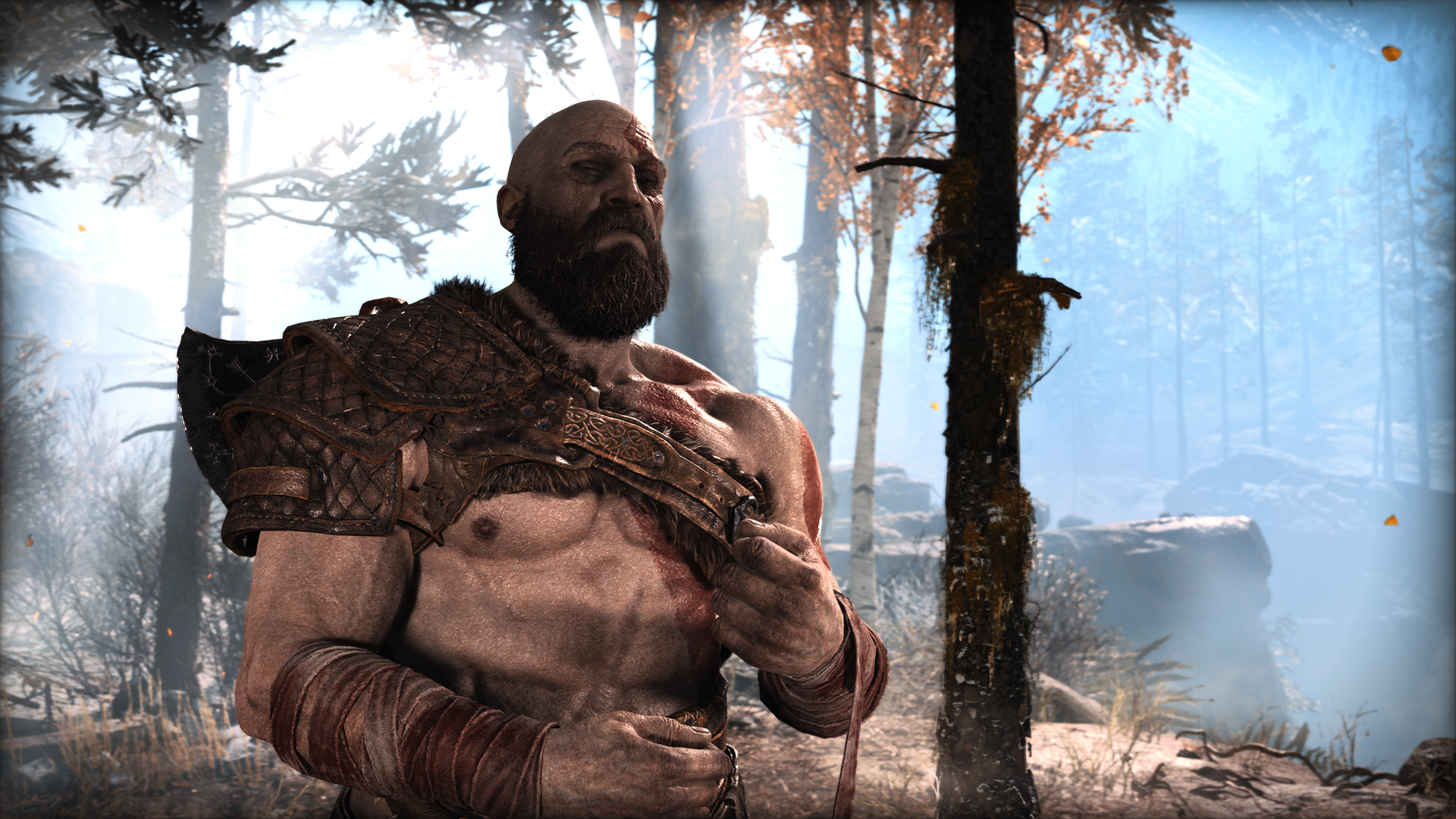
-
God of War Review #4
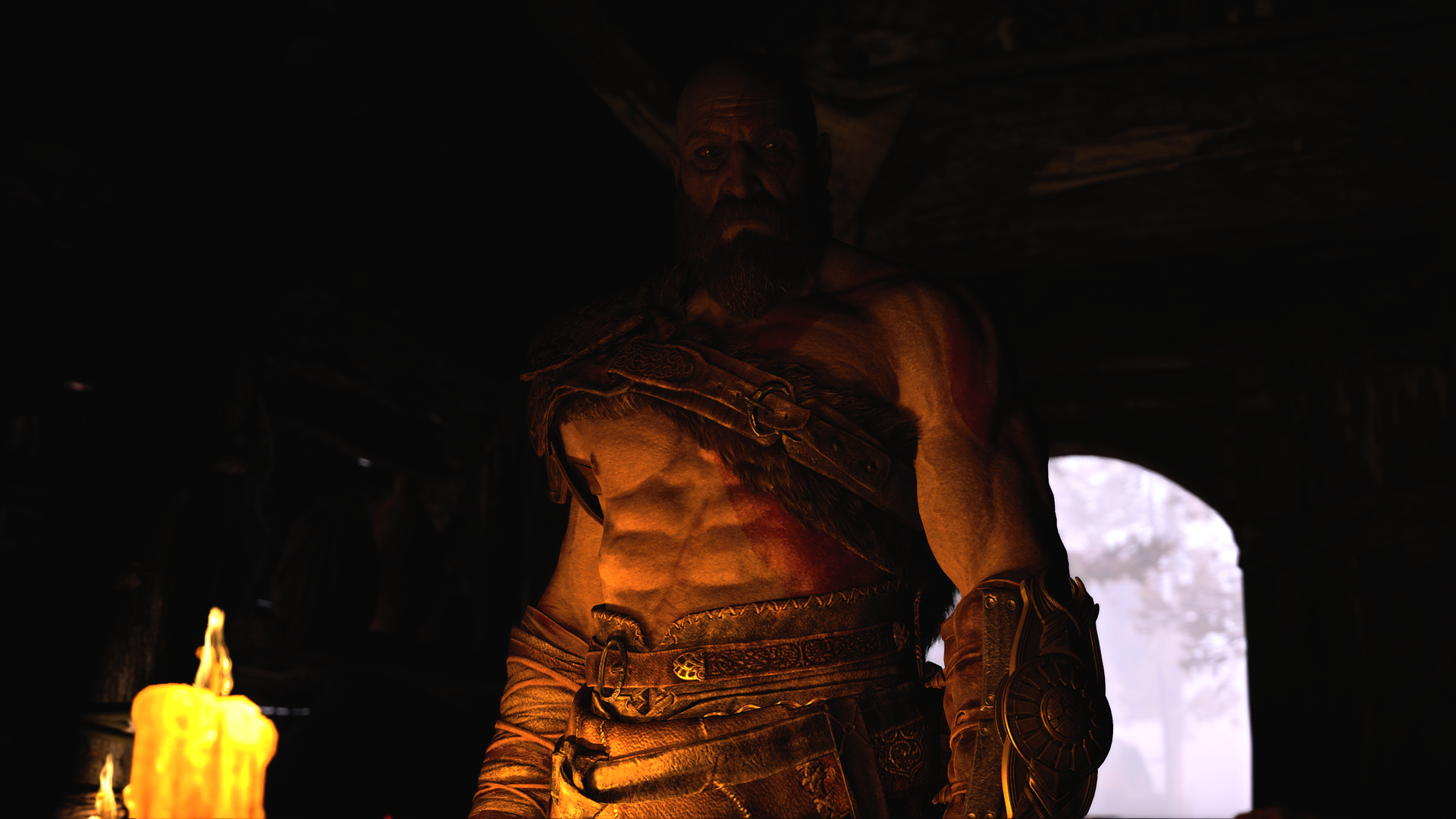
-
God of War Review #5
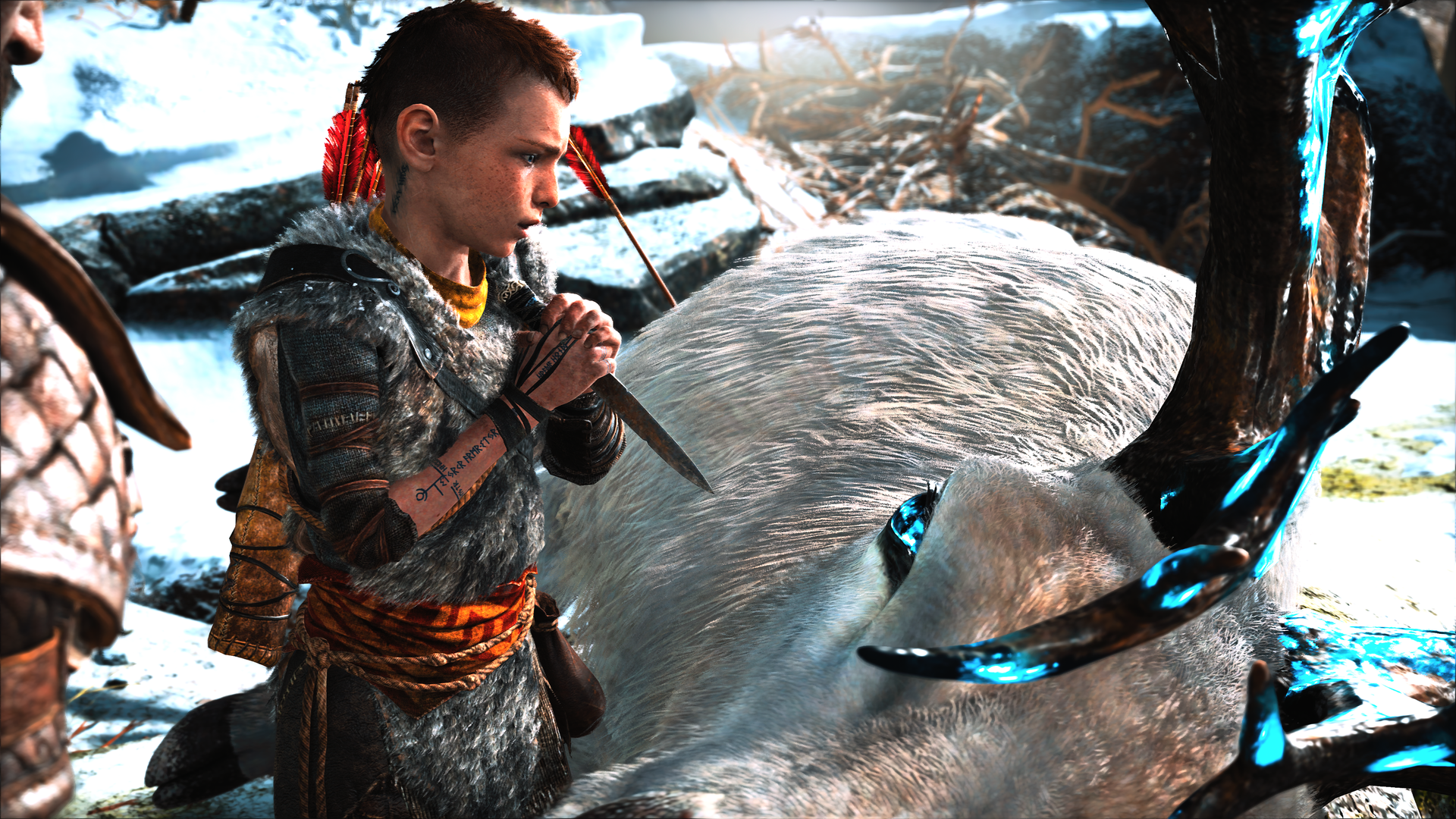
-
God of War Review #6
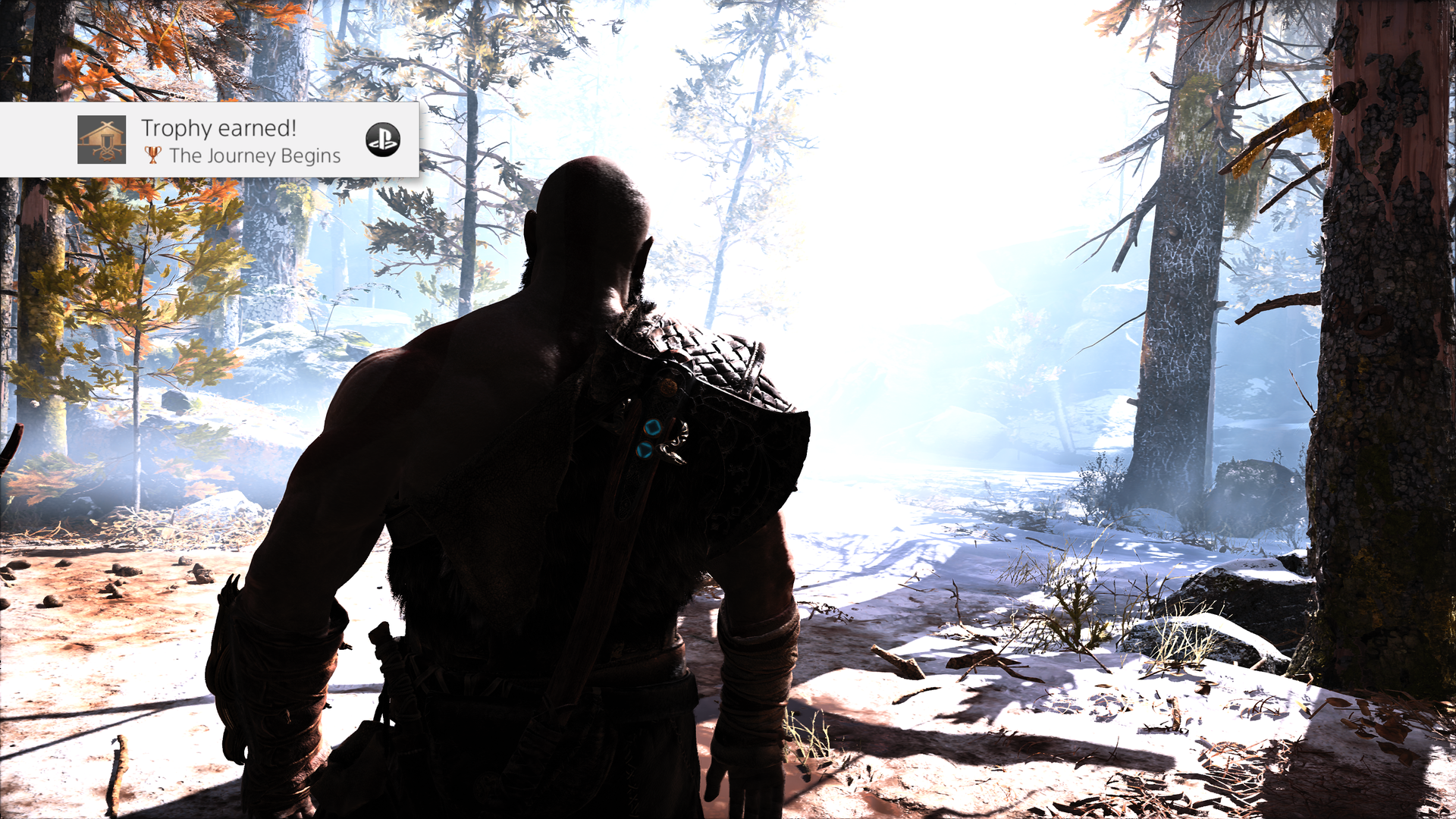
-
God of War Review #7
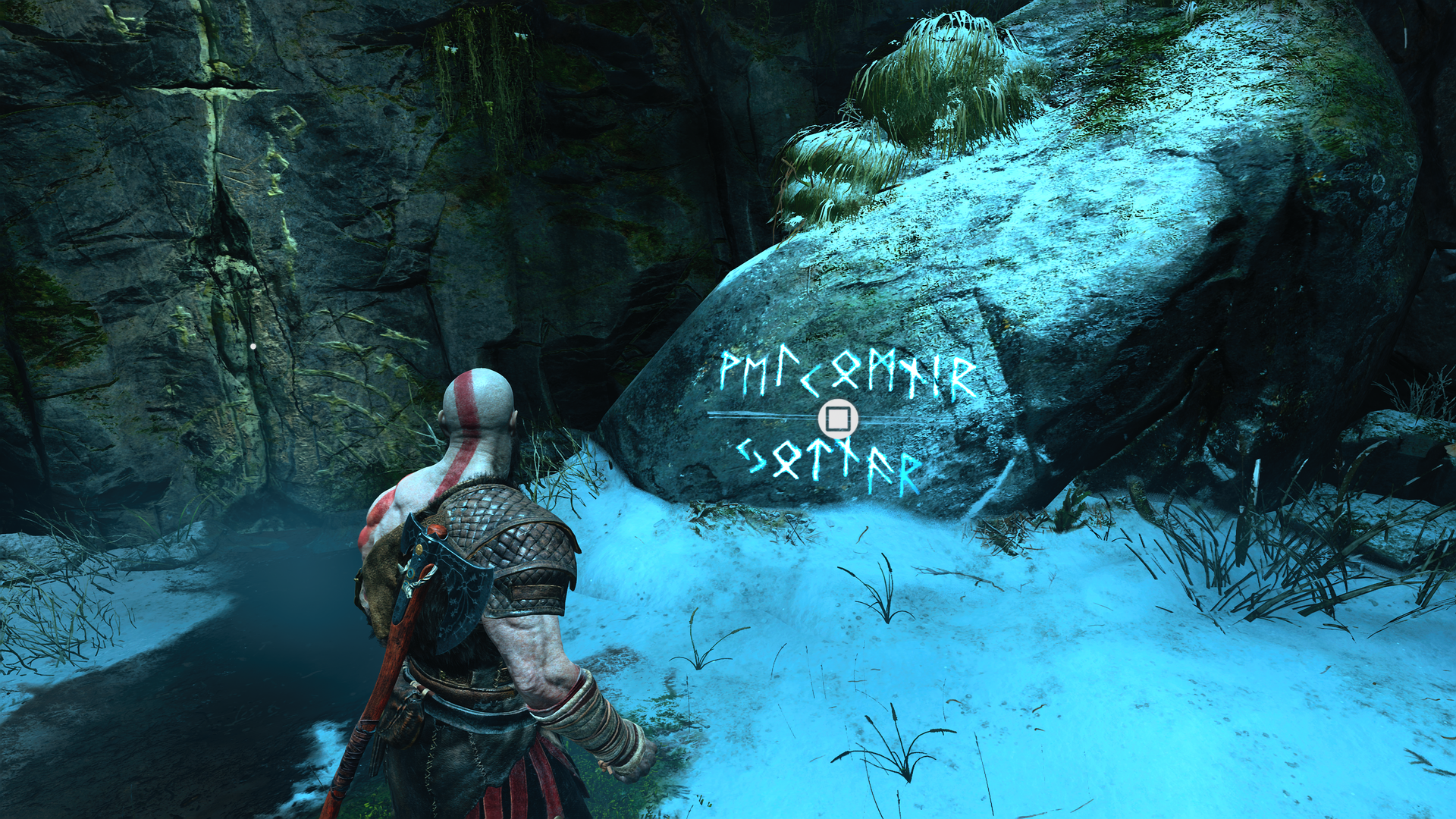
-
God of War Review #8
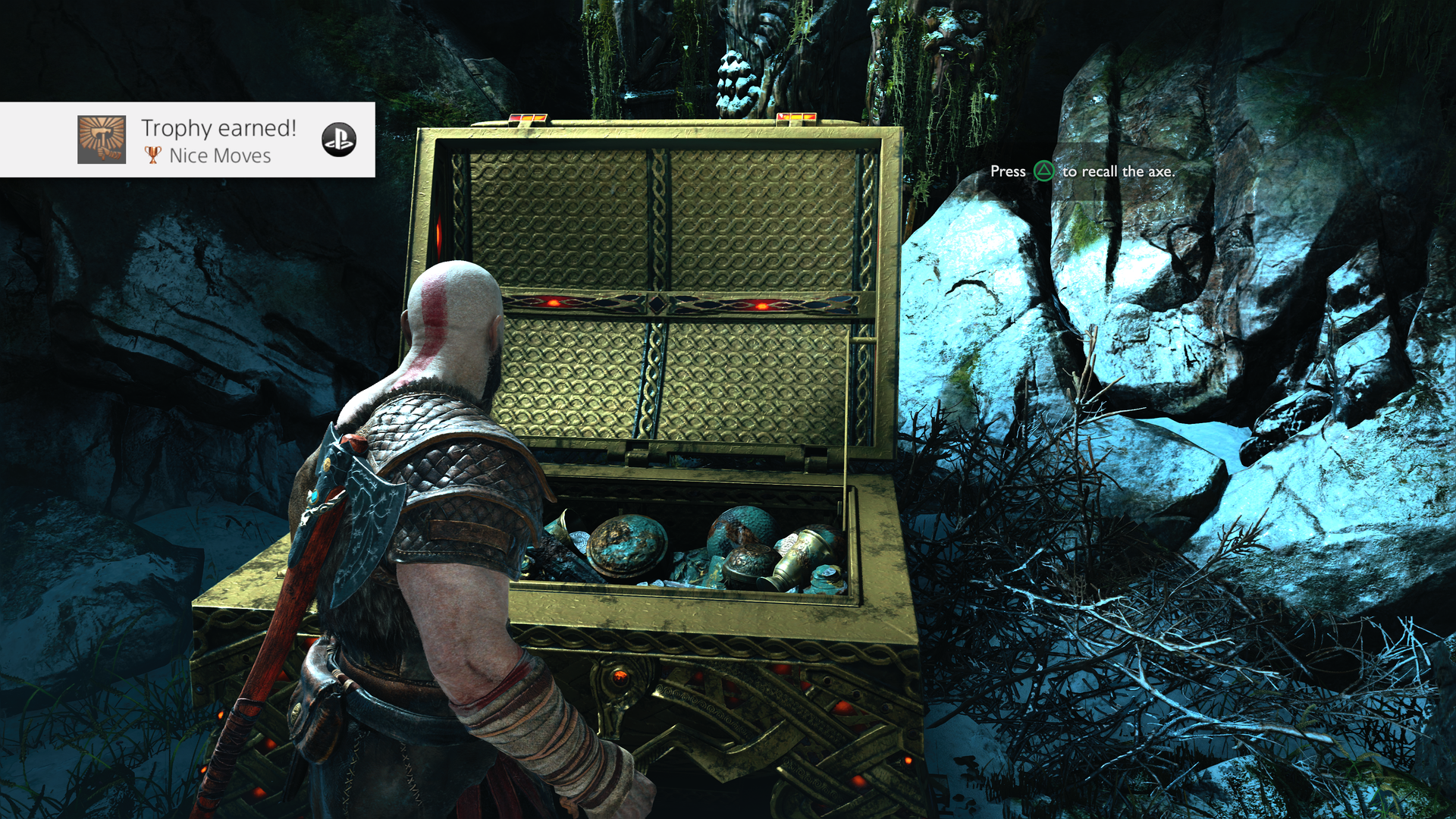
-
God of War Review #9
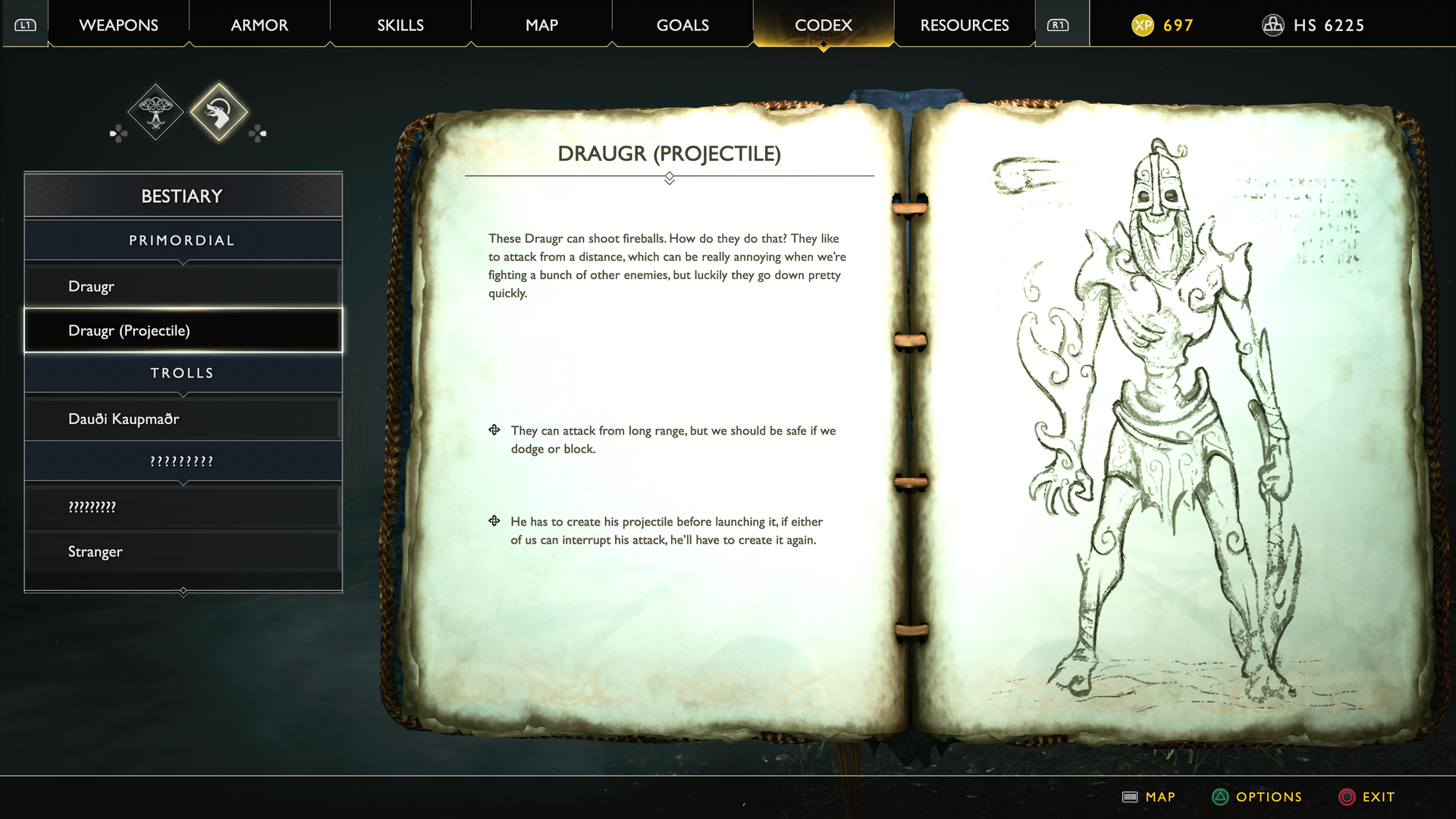
-
God of War Review #10
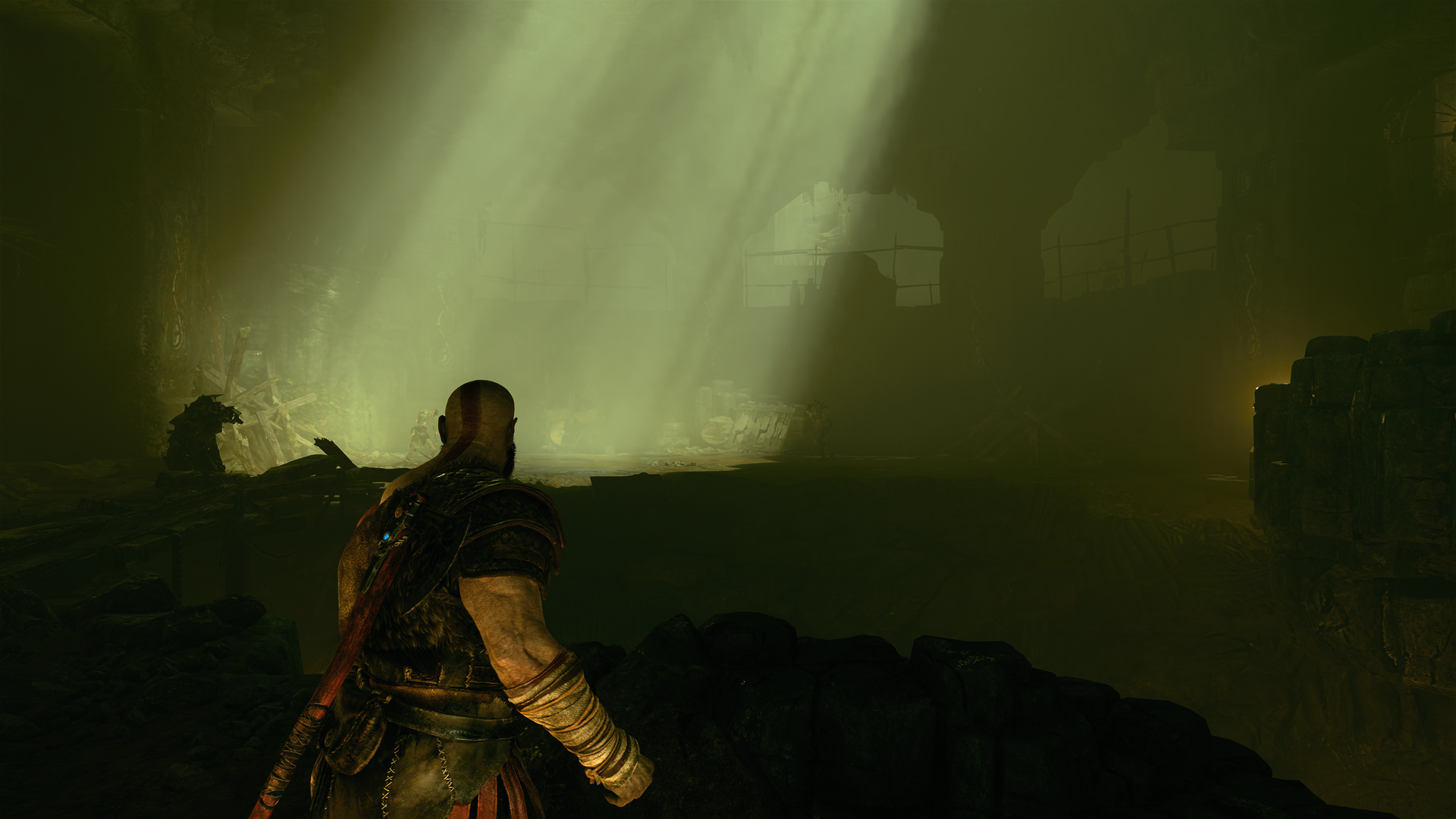
-
God of War Review #11
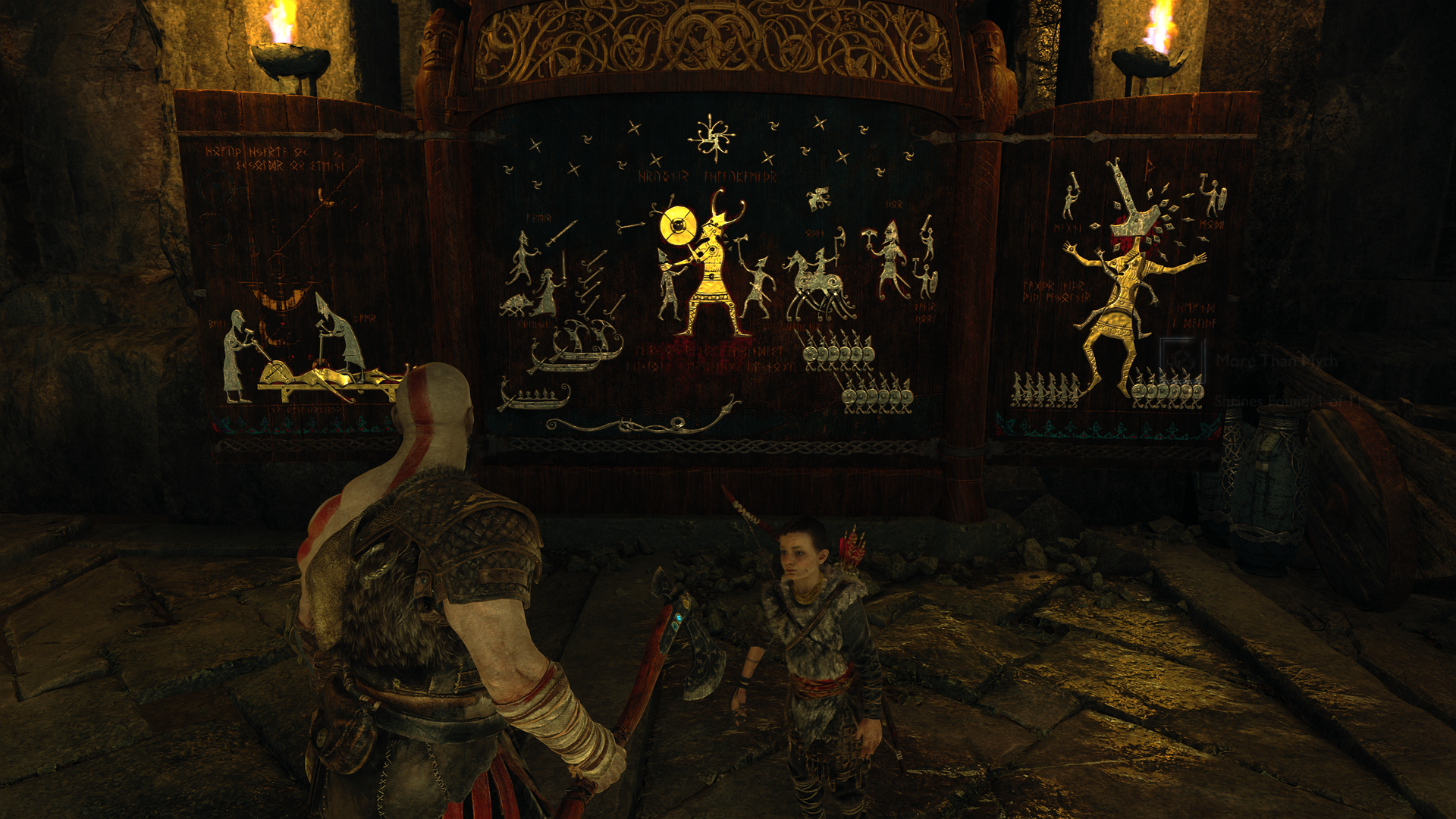
-
God of War Review #12
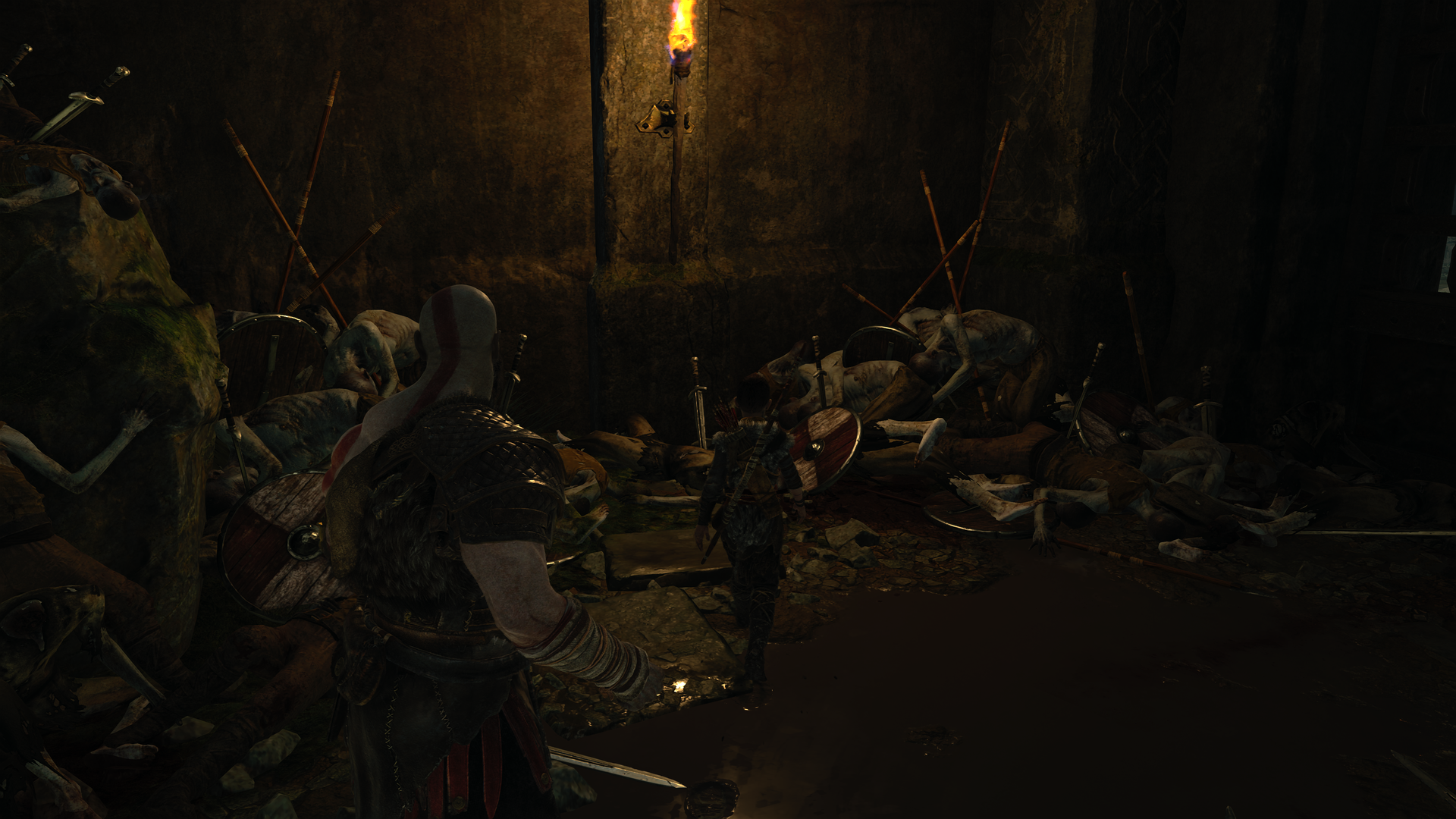
-
God of War Review #13
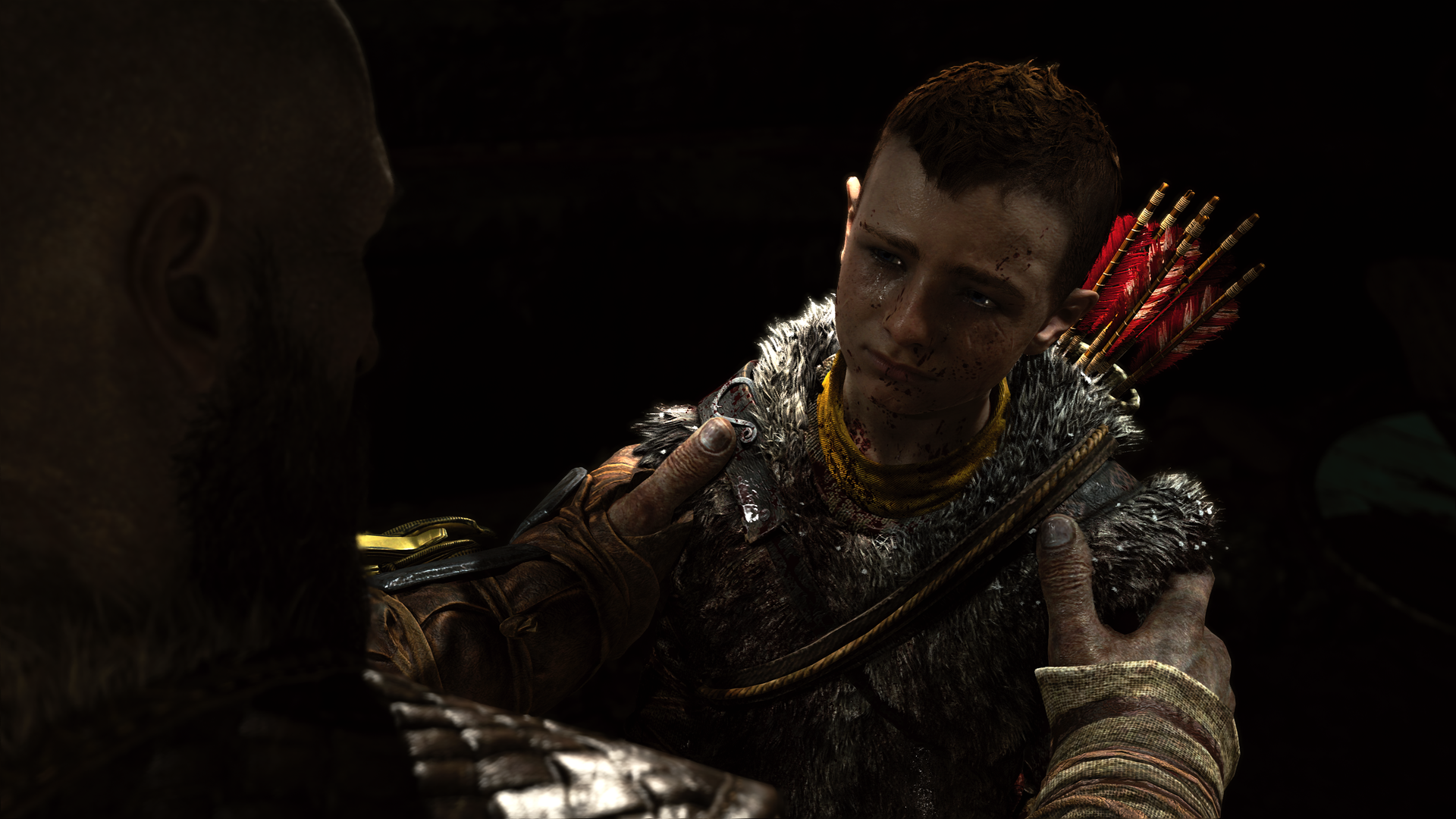
-
God of War Review #14

-
God of War Review #15
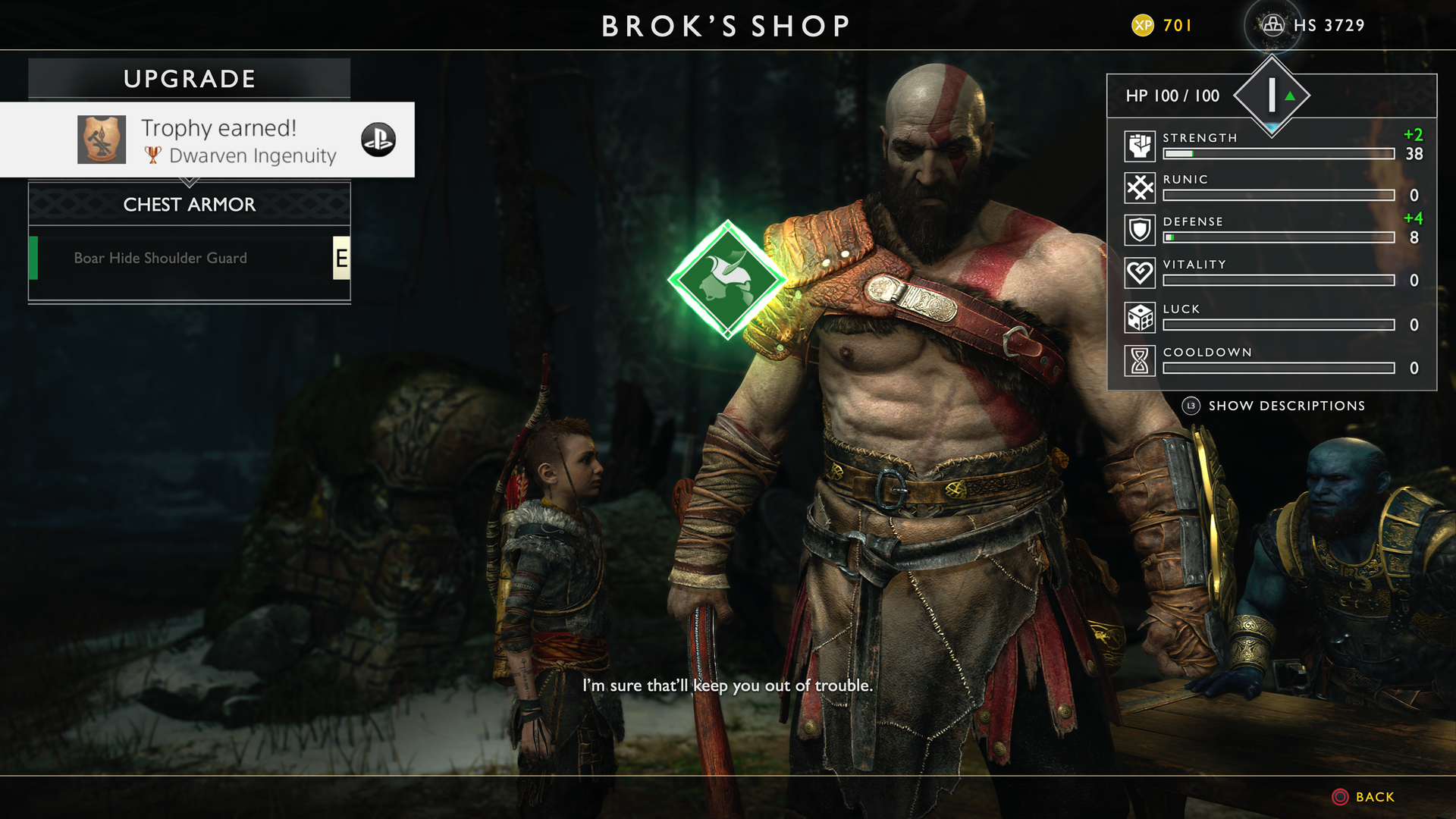
-
God of War Review #16
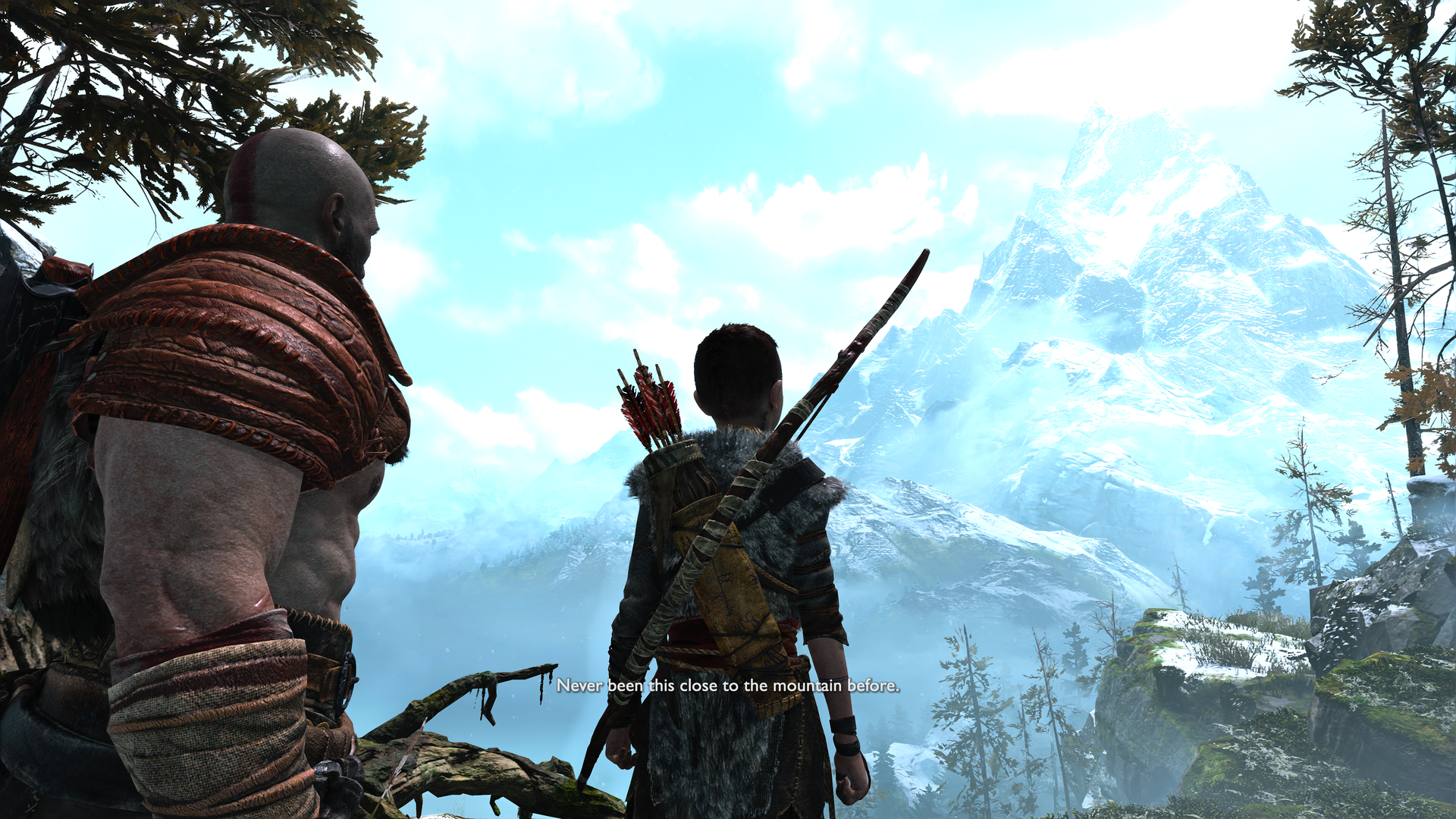
-
God of War Review #17
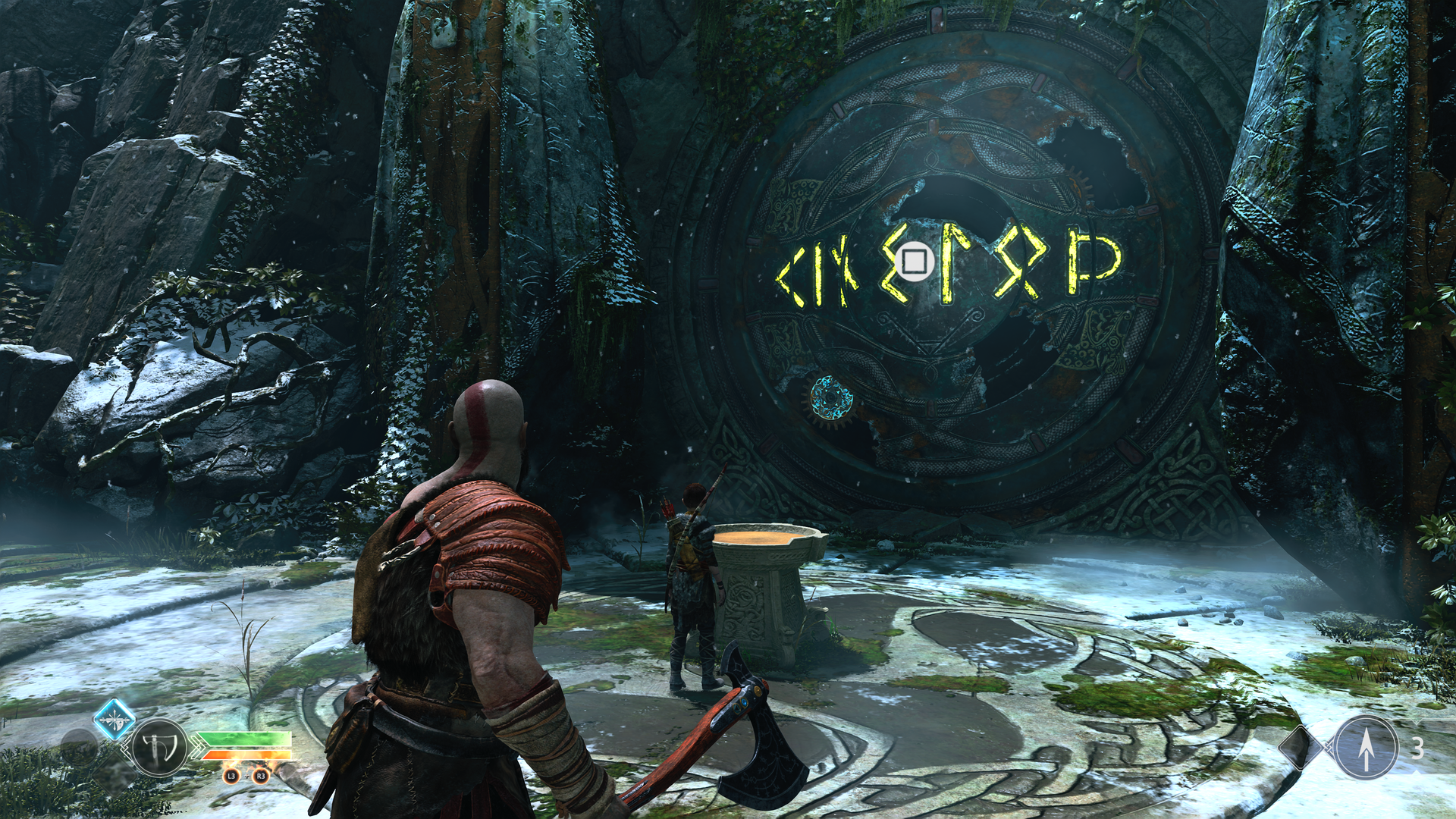
-
God of War Review #18
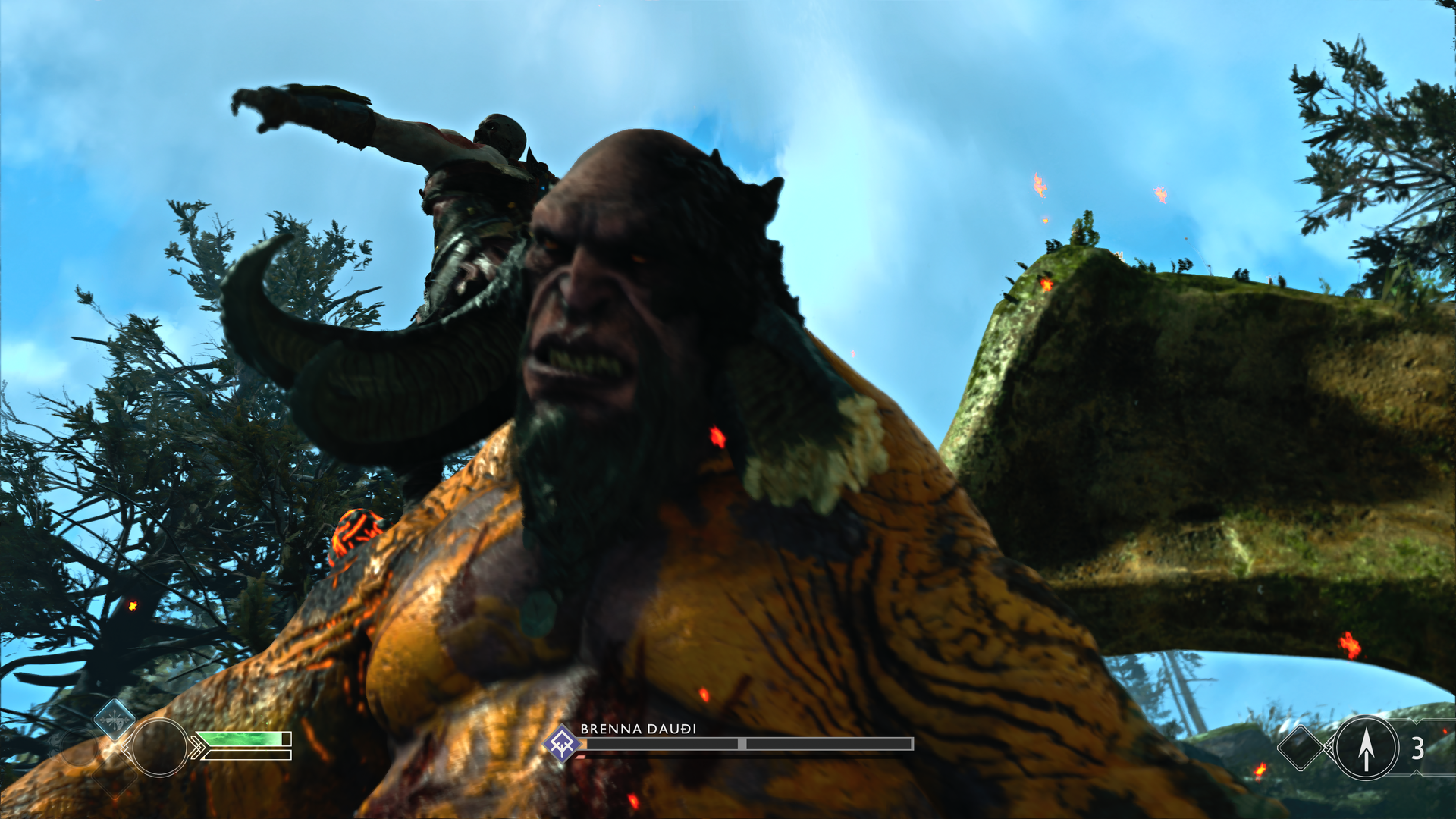
-
God of War Review #19
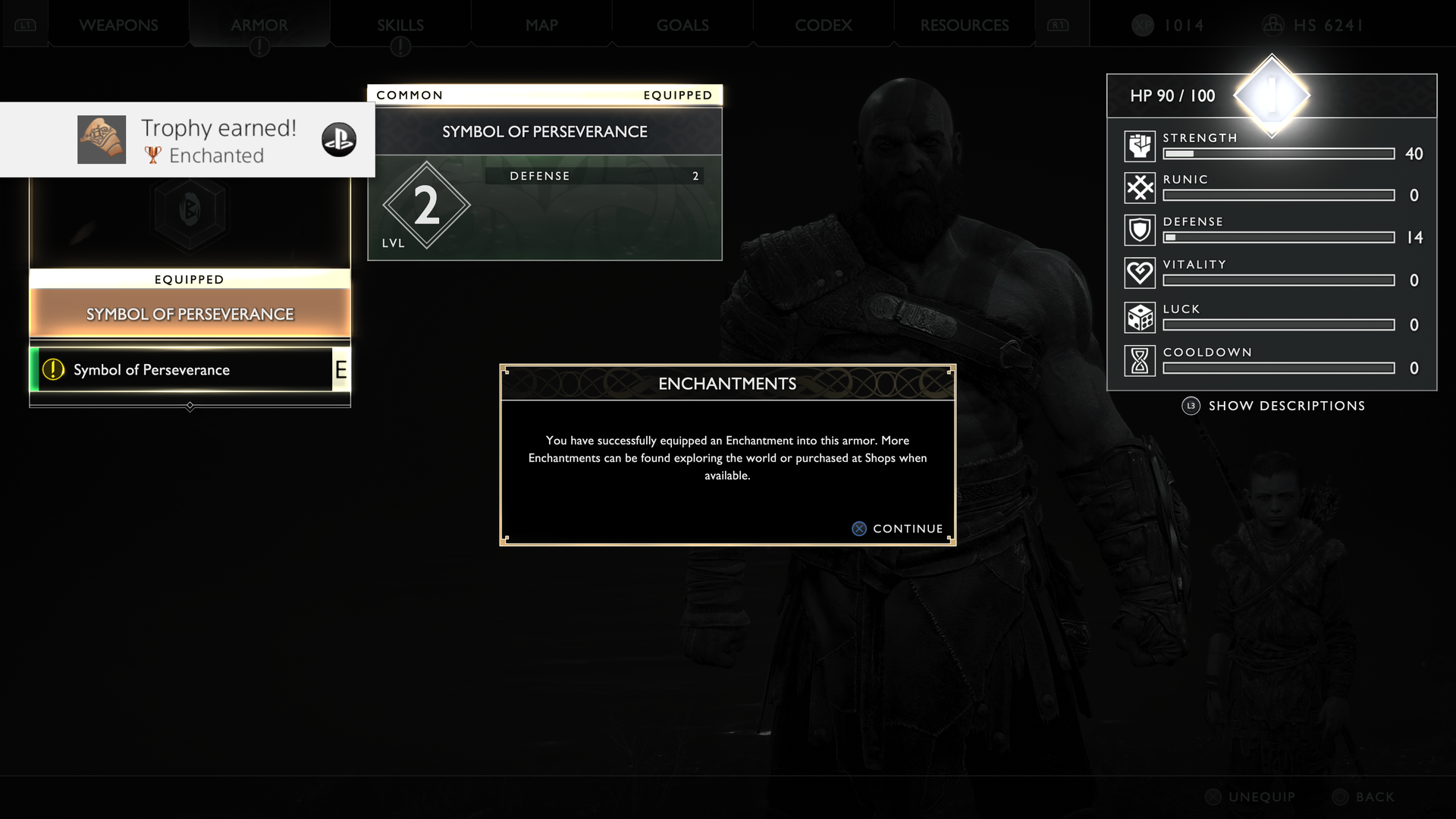
-
God of War Review #20
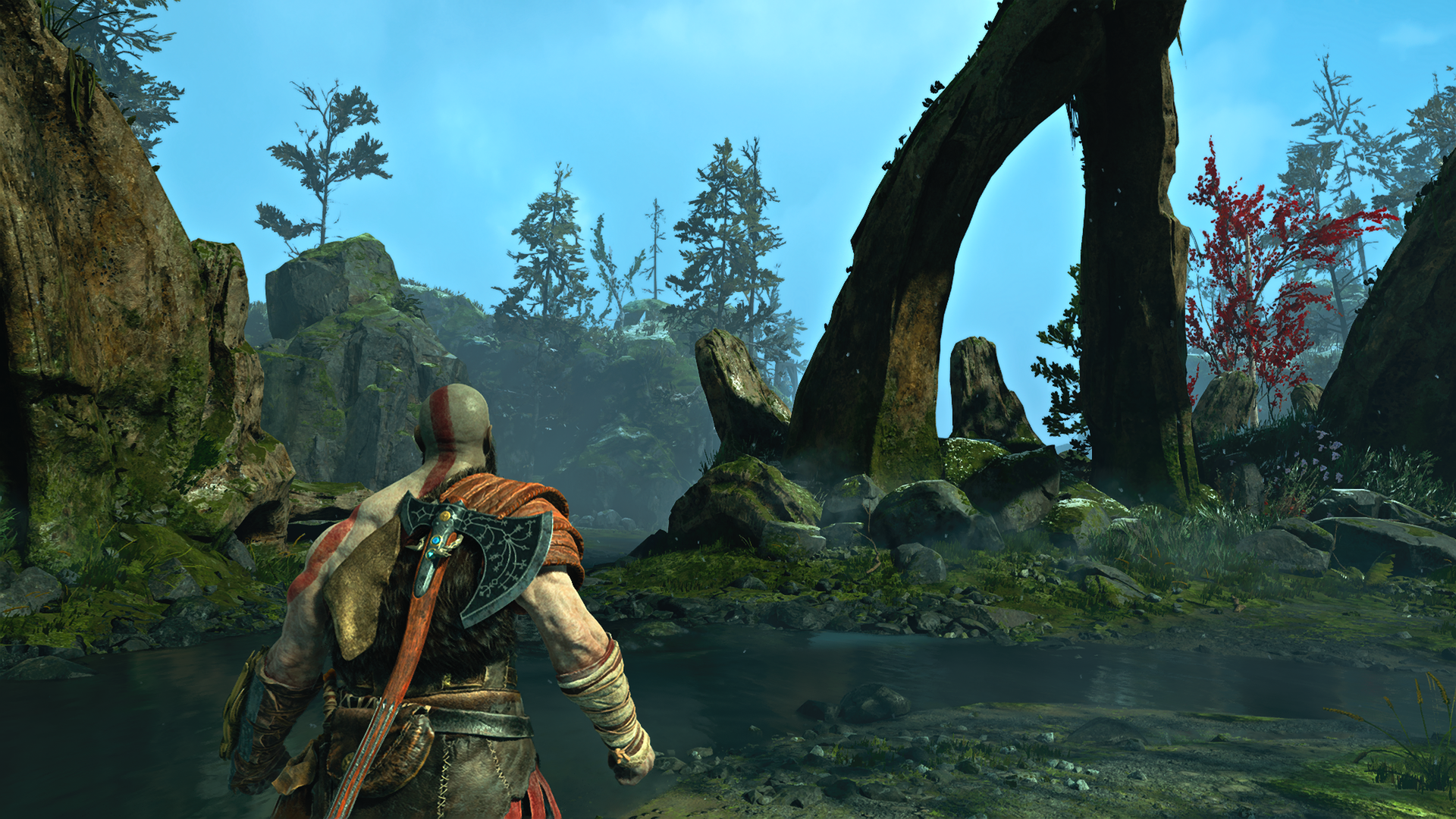
-
God of War Review #21
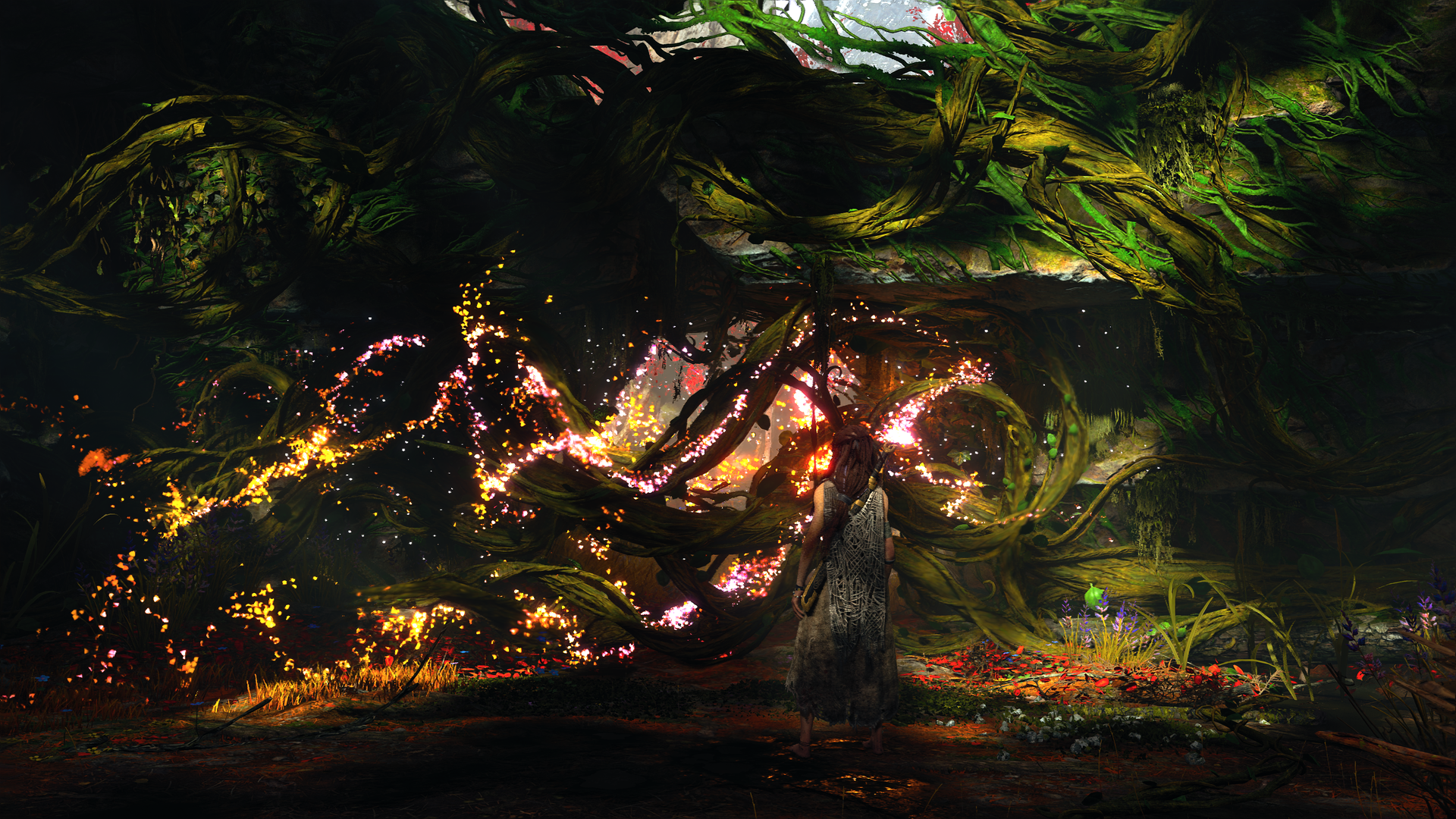
-
God of War Review #22
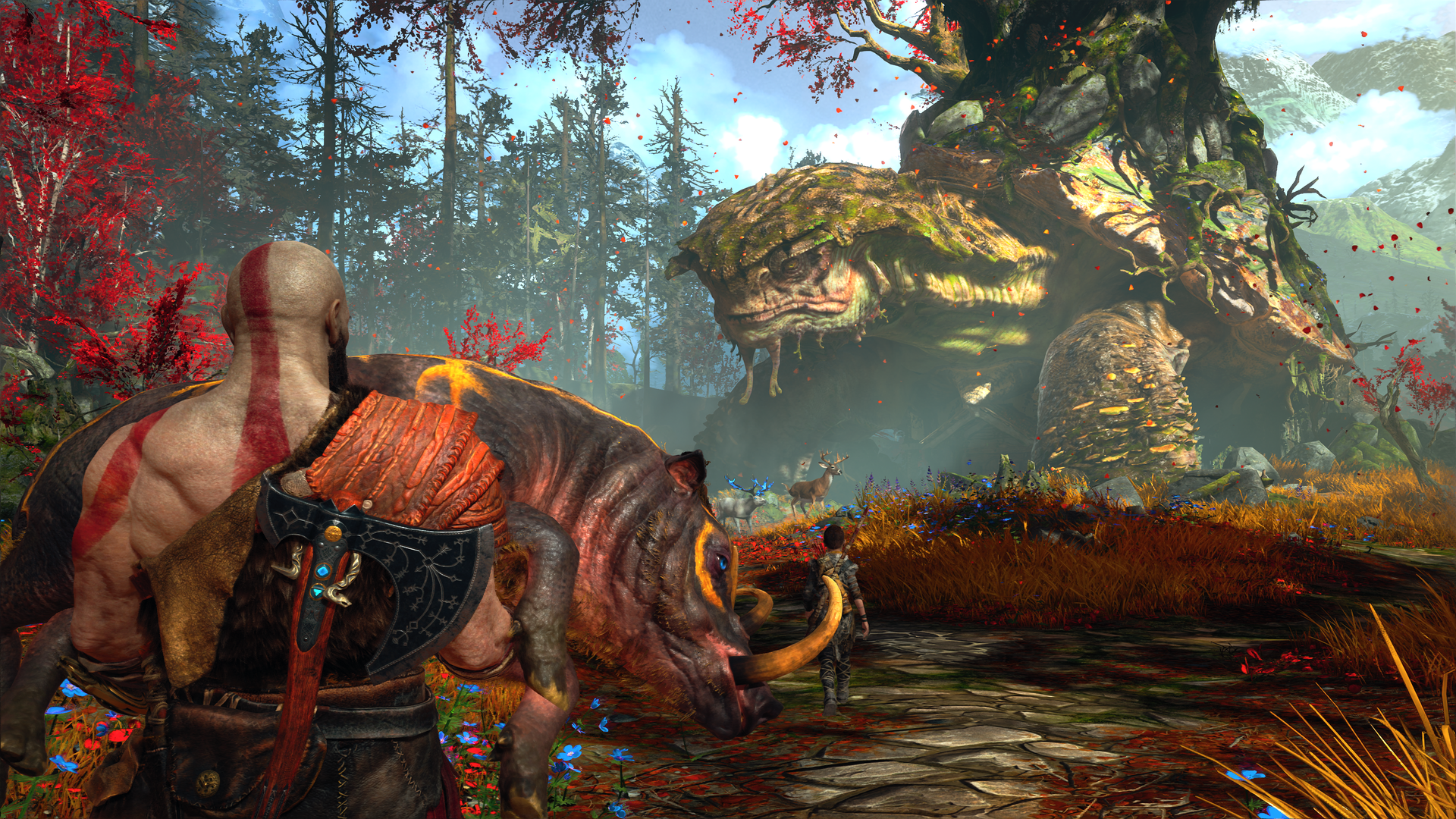
-
God of War Review #23
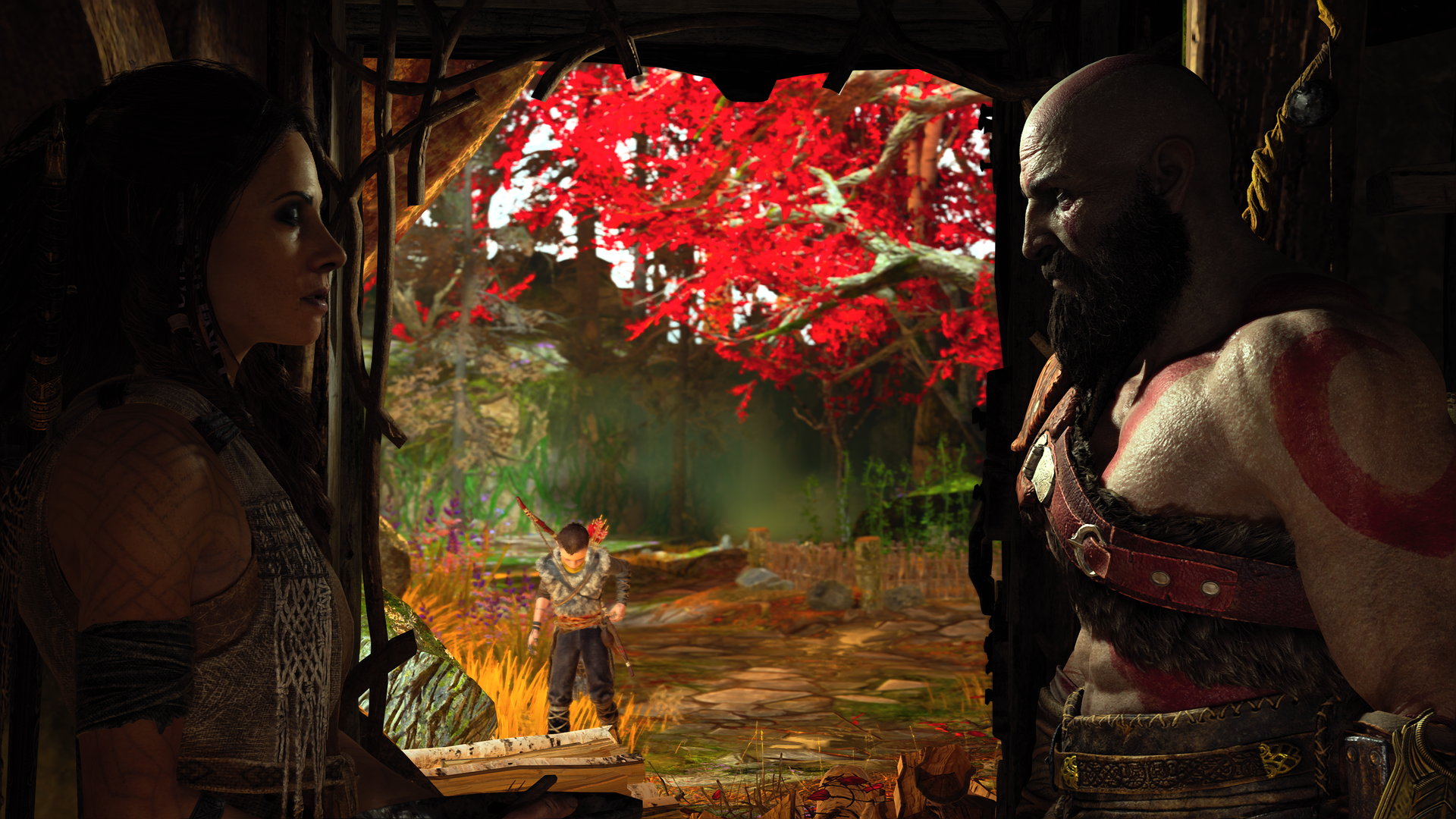
-
God of War Review #24
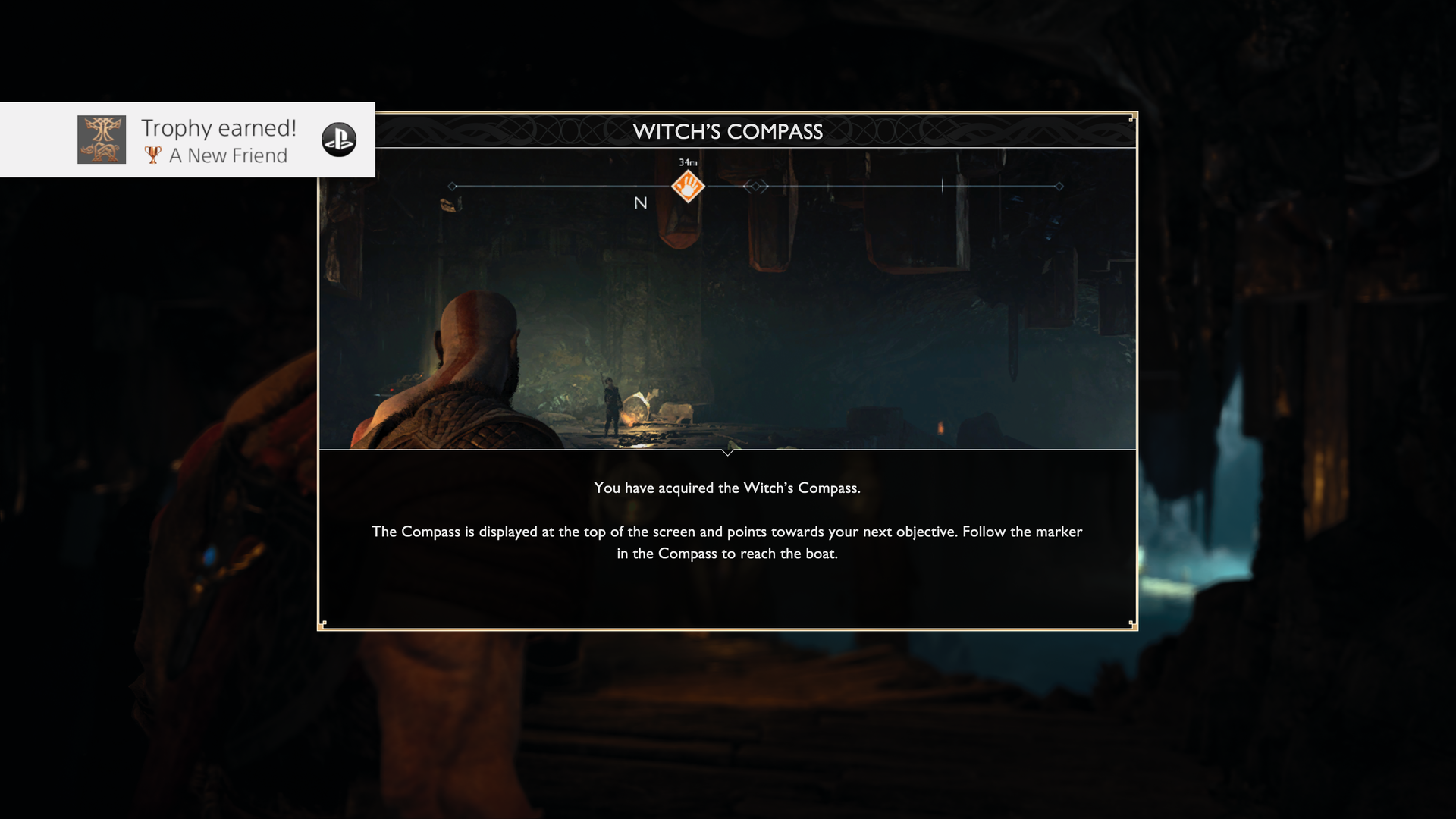
-
God of War Review #25
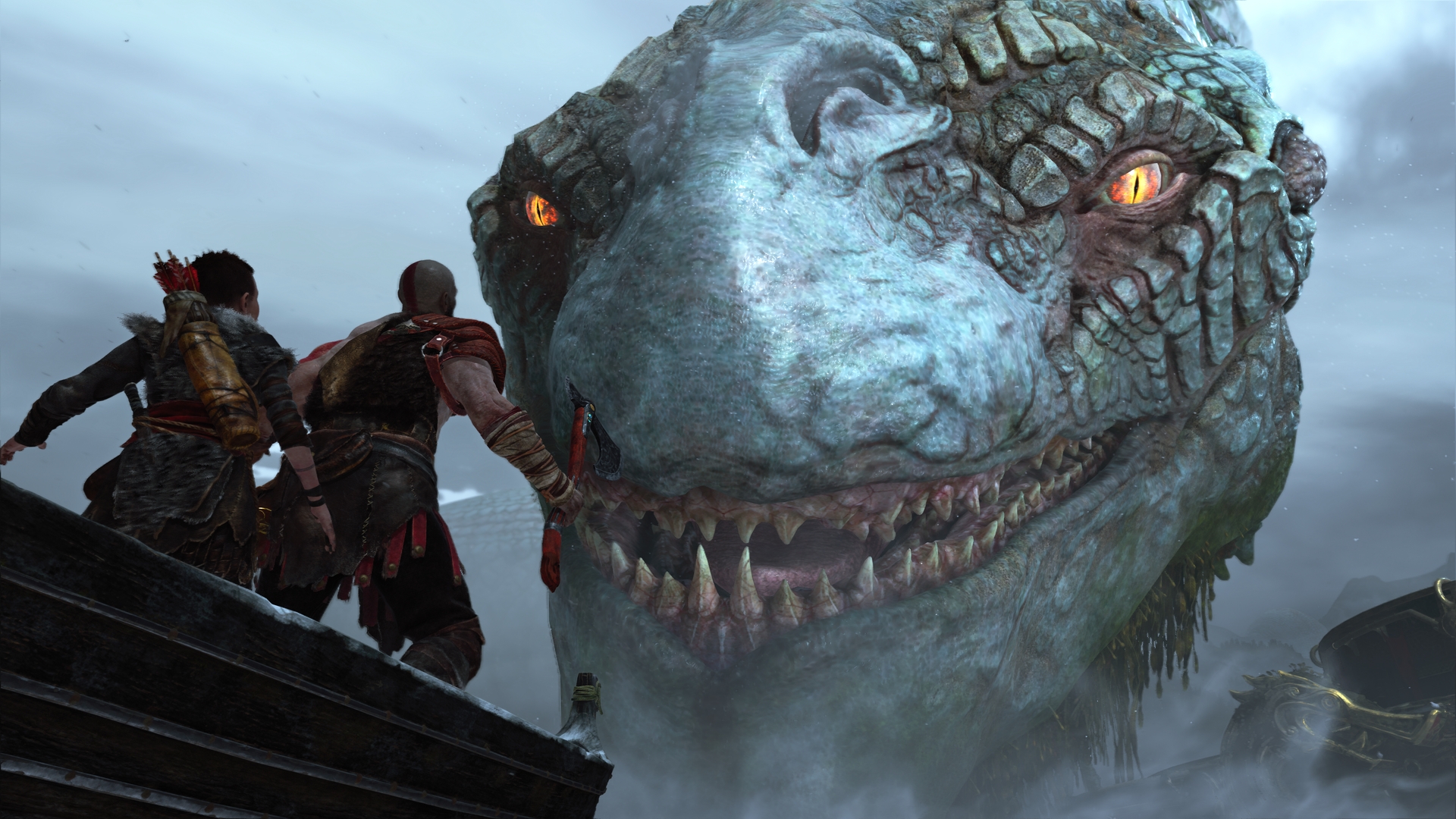
-
God of War Review #26
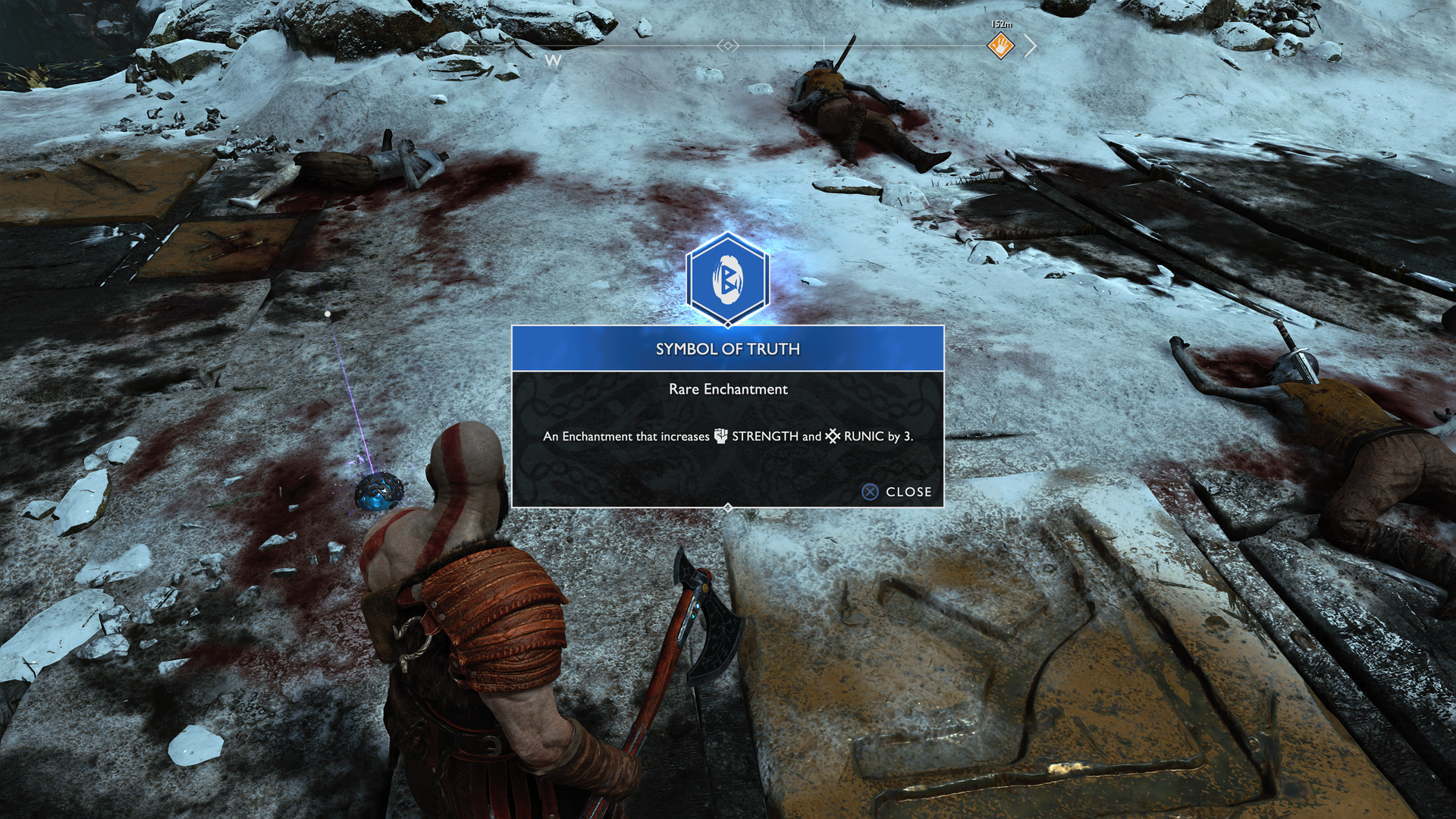
-
God of War Review #27
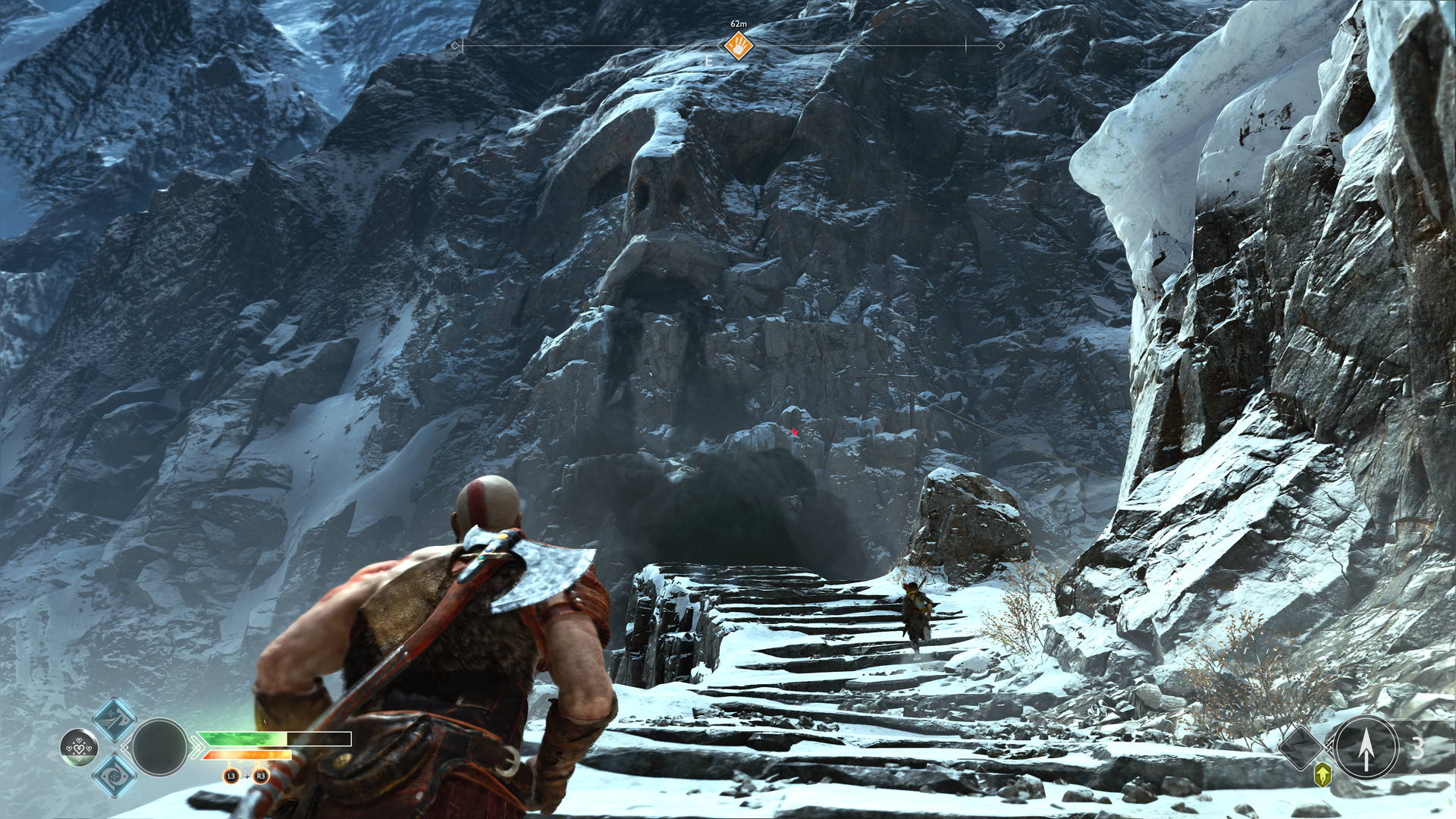
-
God of War Review #28
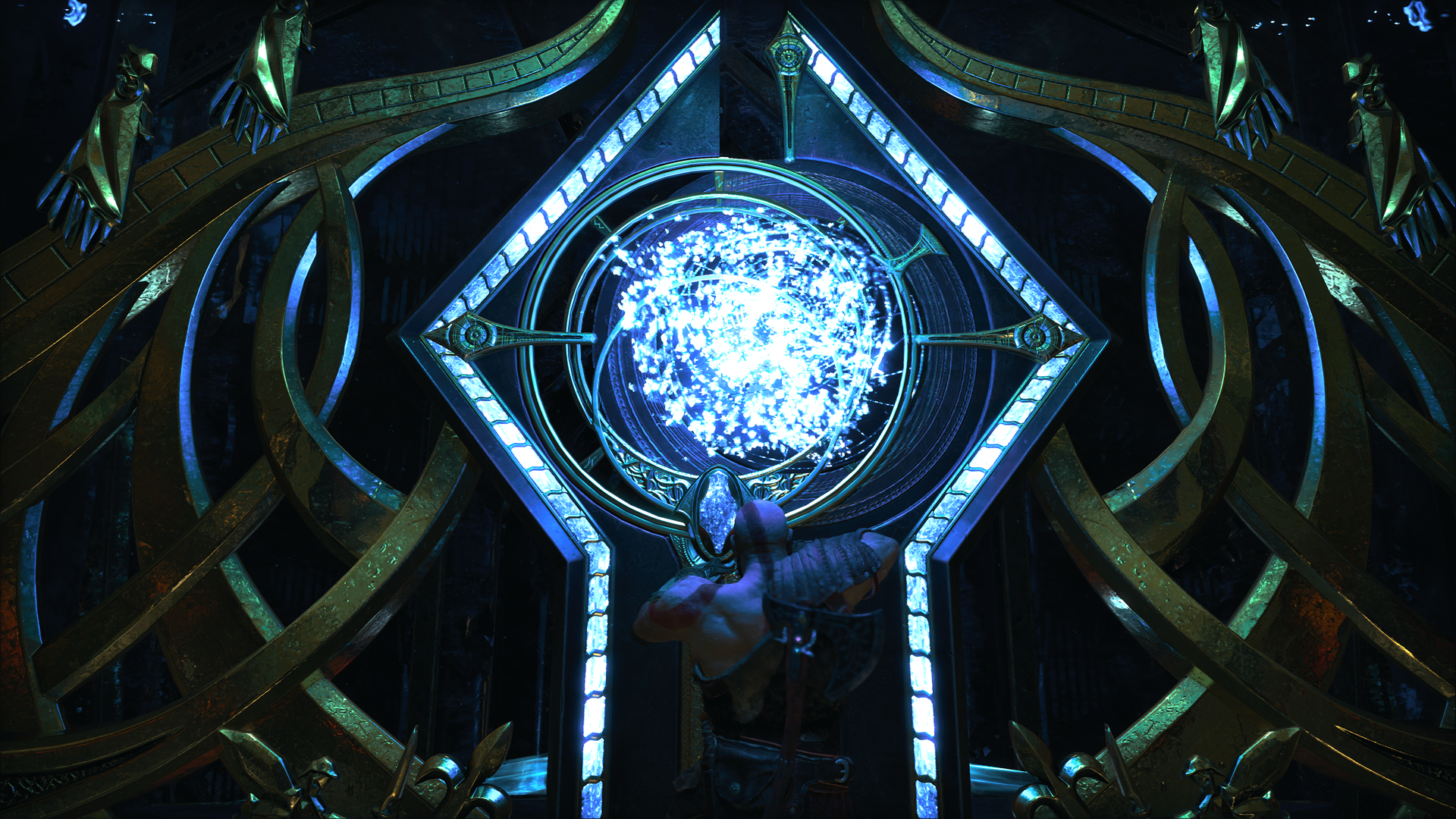
-
God of War Review #29
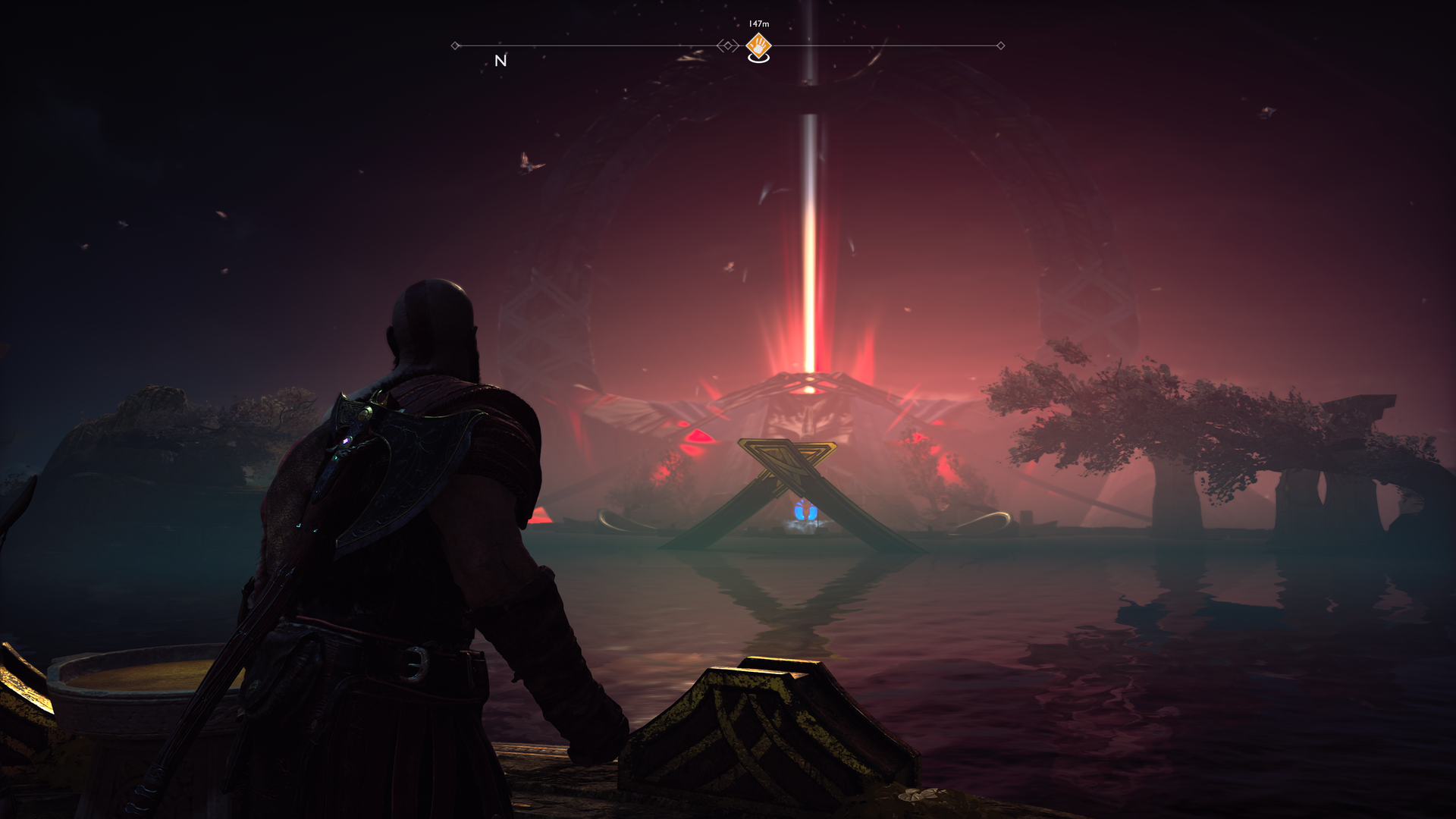
-
God of War Review #30
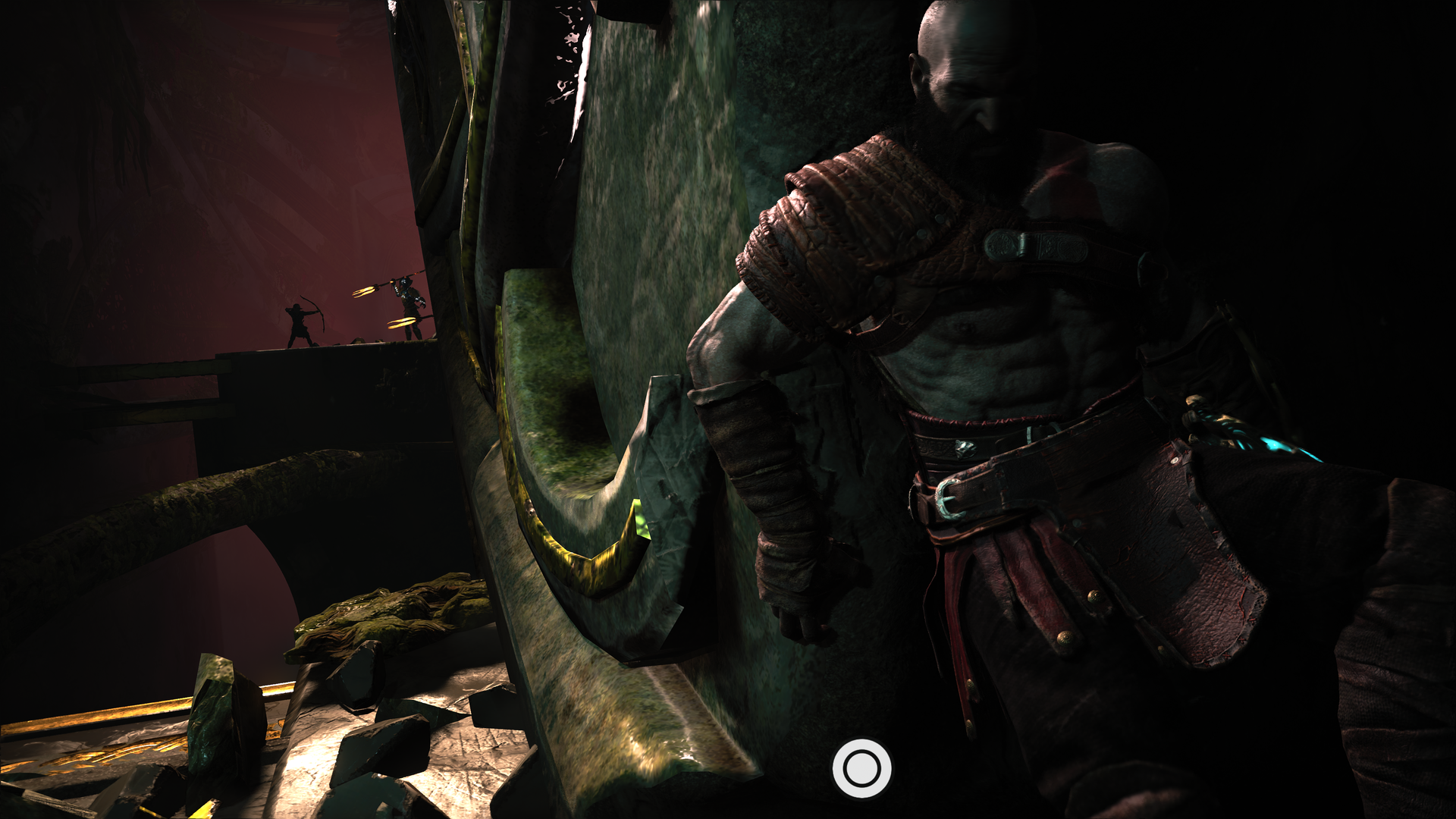
-
God of War Review #31
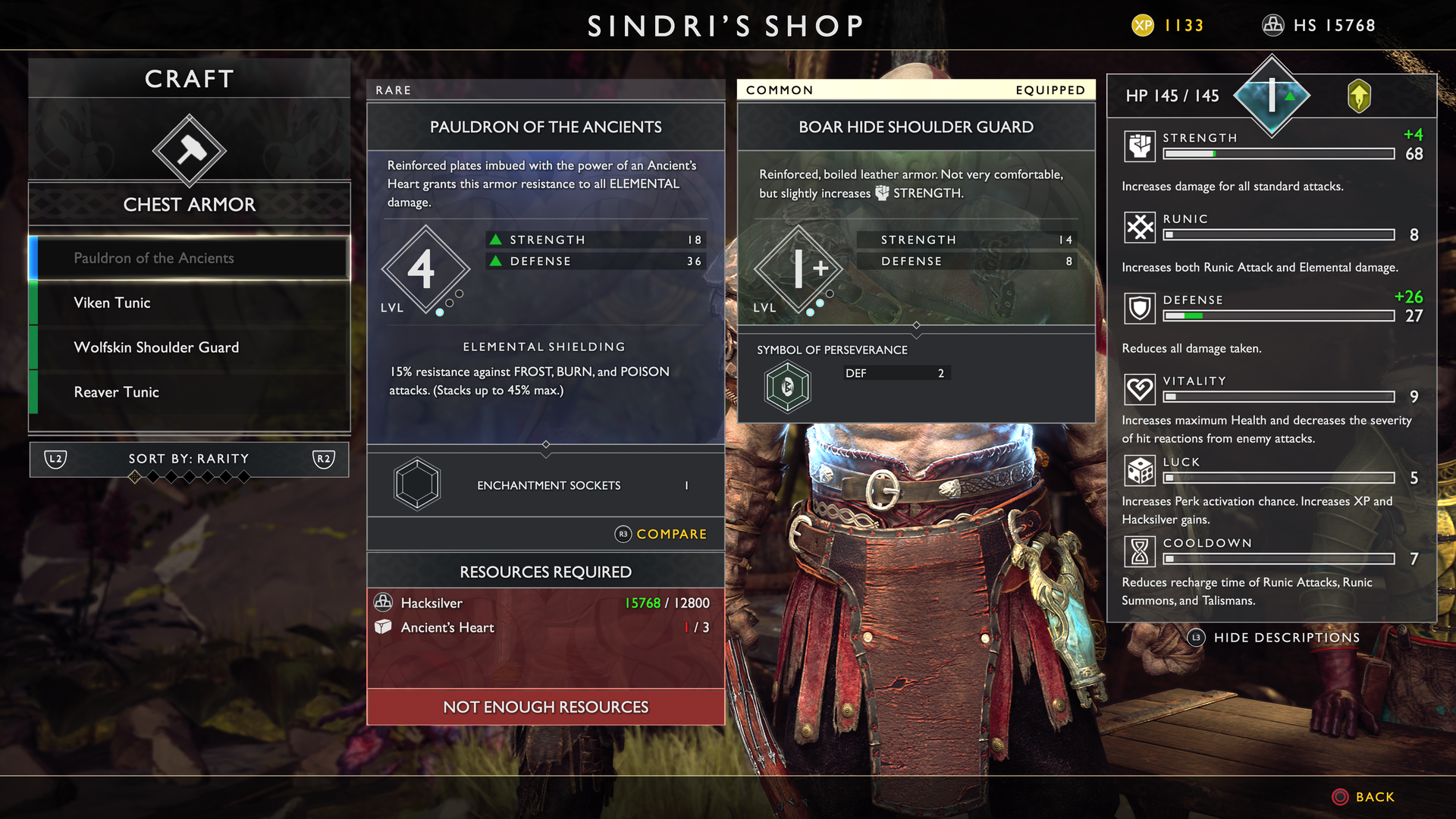
-
God of War Review #32
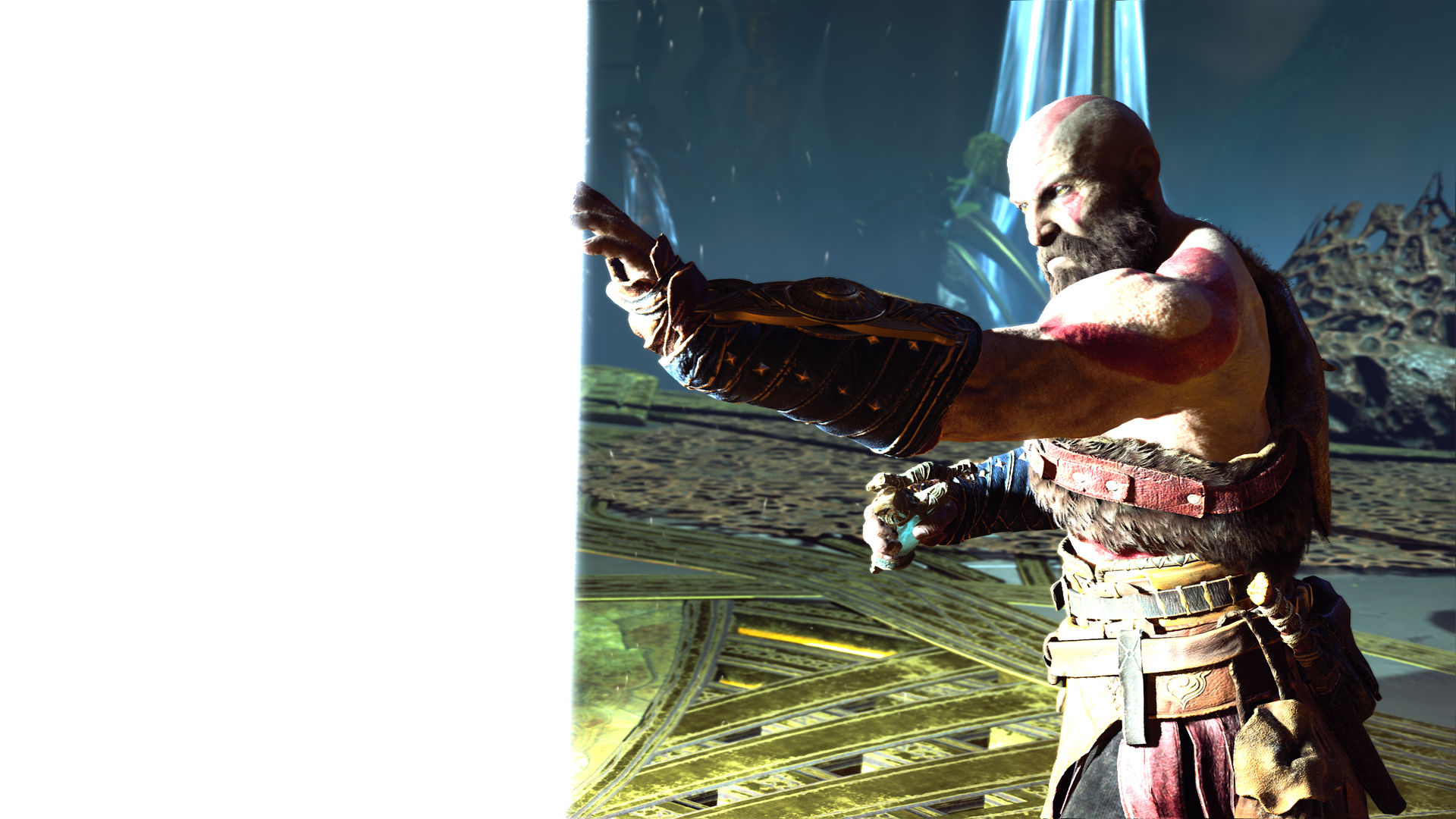
-
God of War Review #33
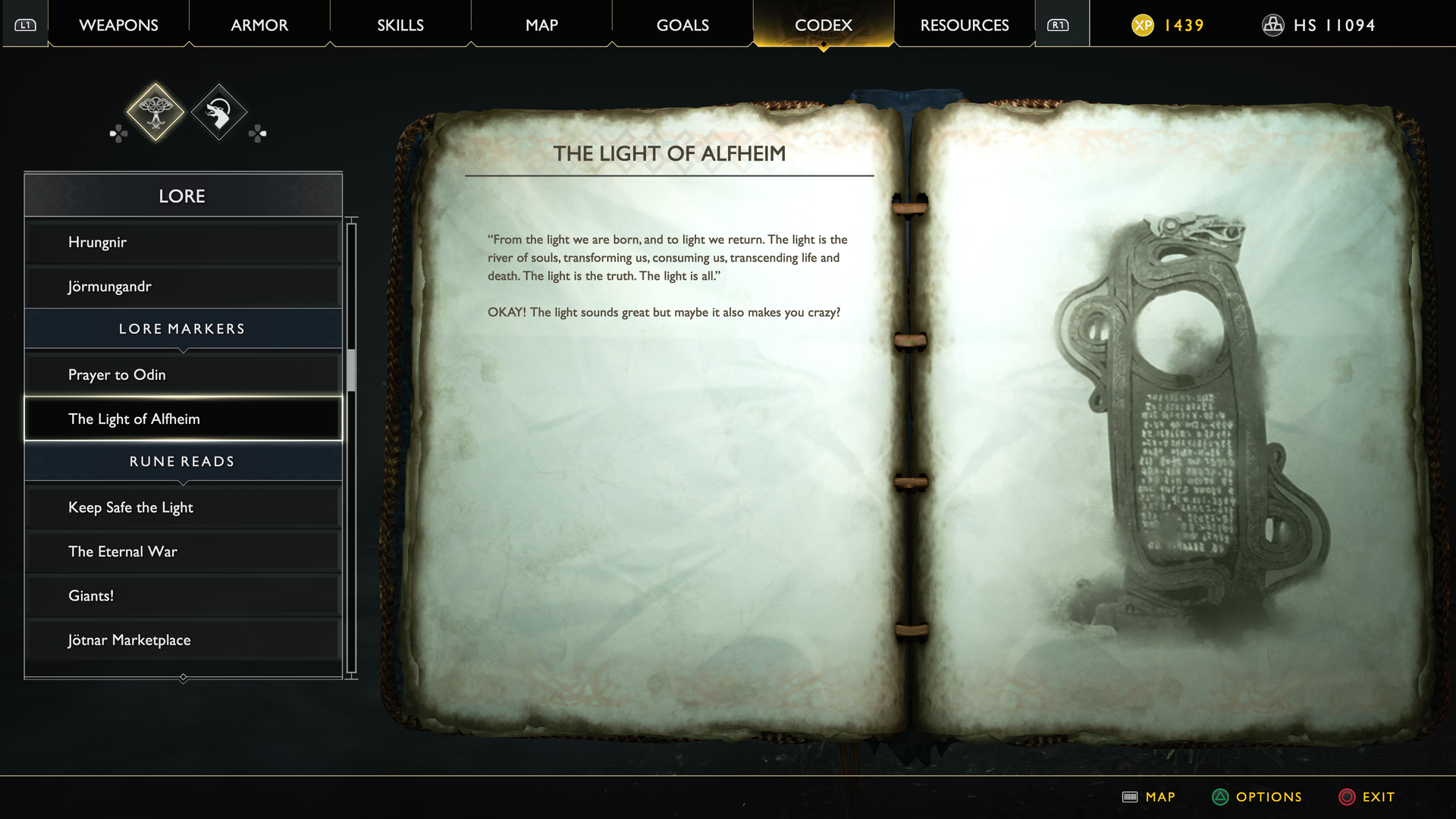
-
God of War Review #34
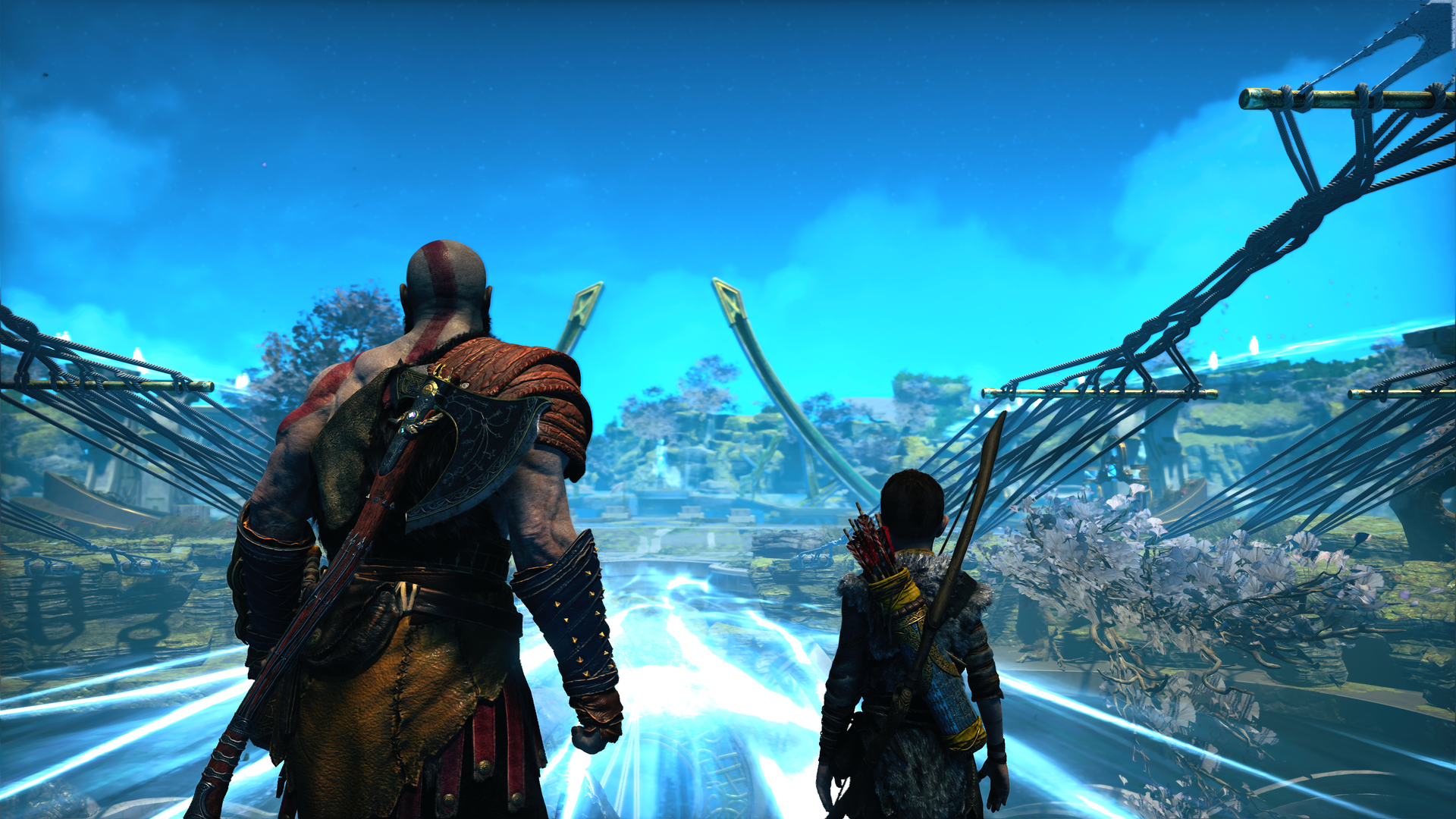
-
God of War Review #35
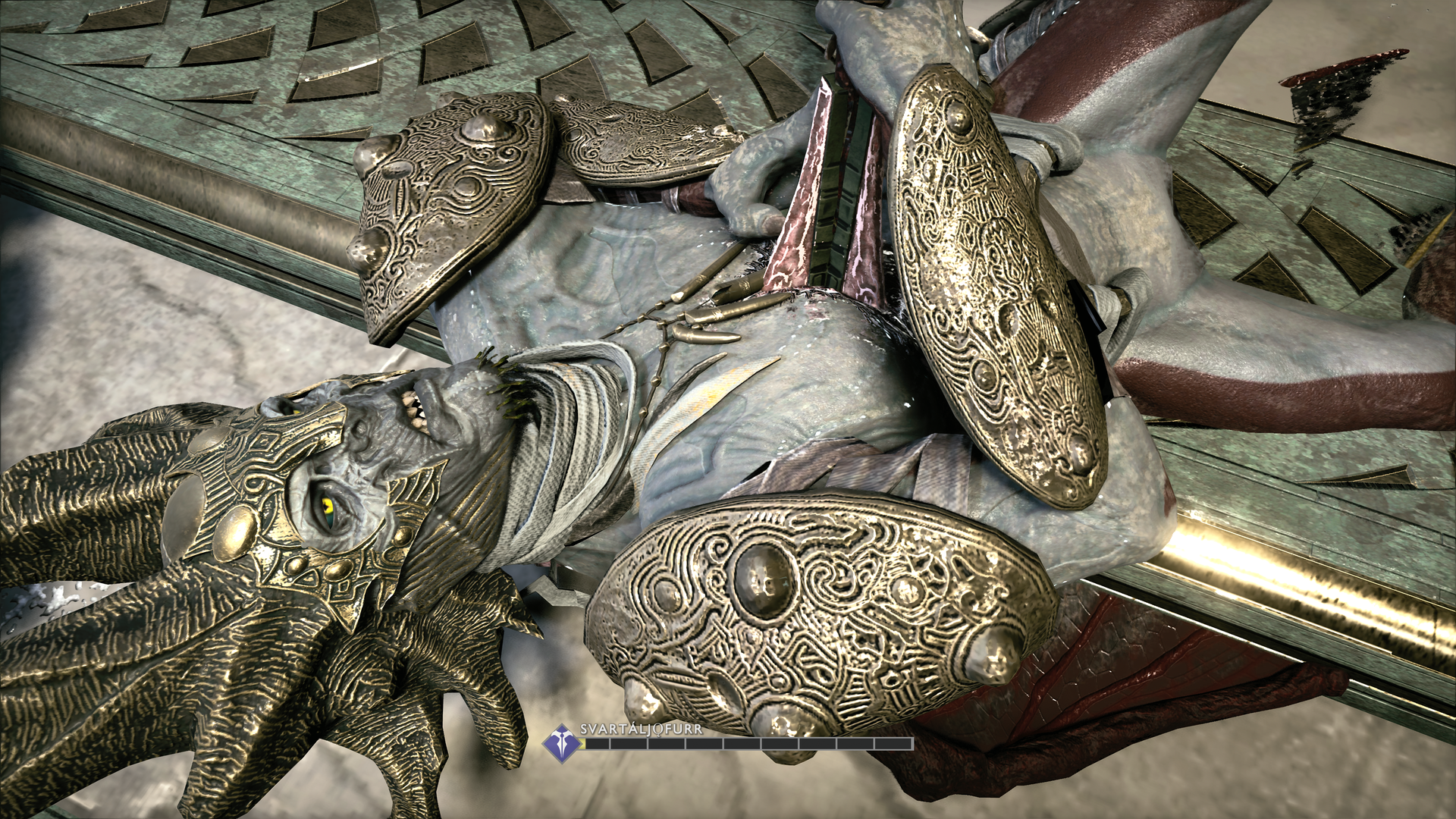
-
God of War Review #36
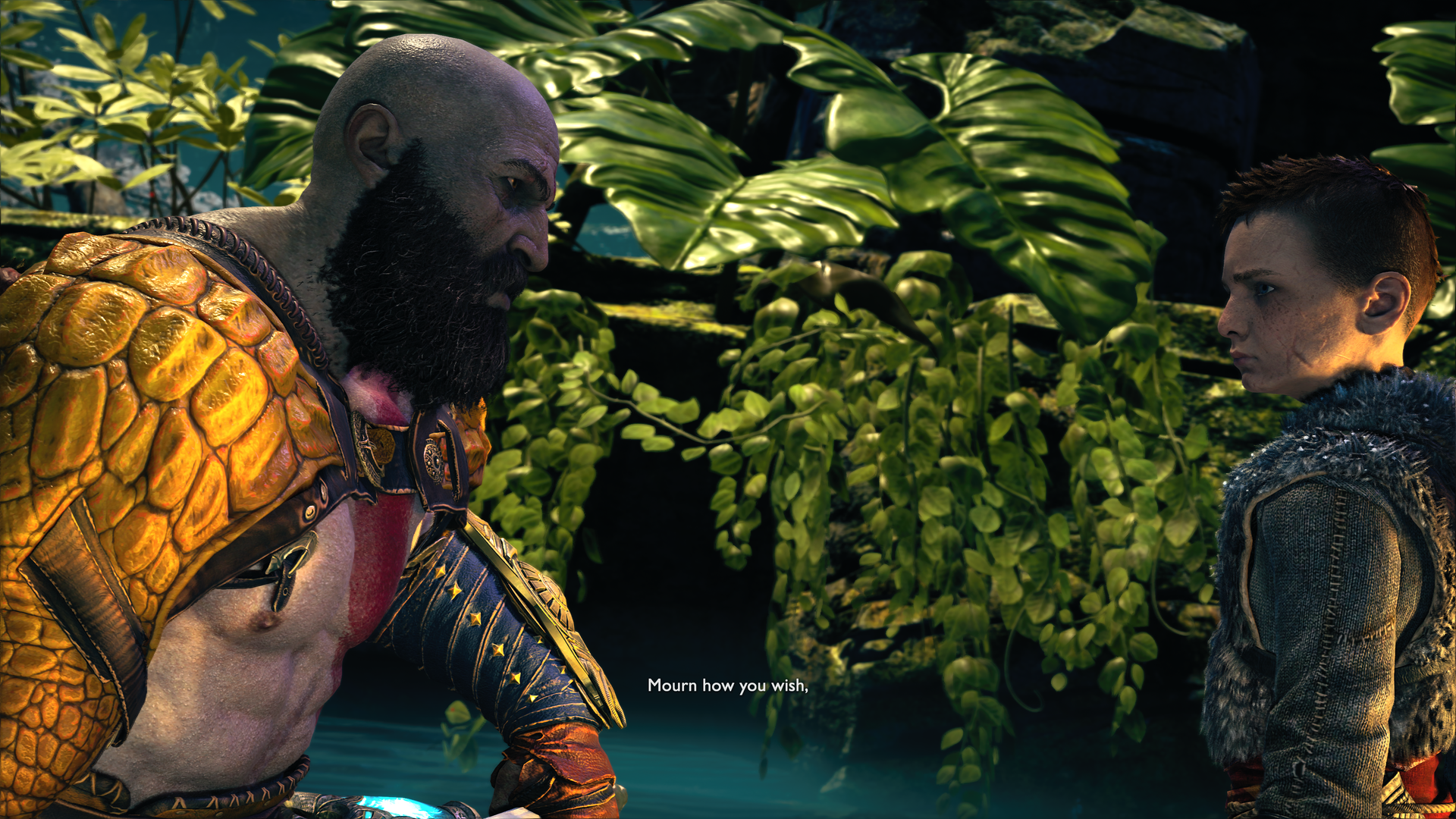
-
God of War Review #37
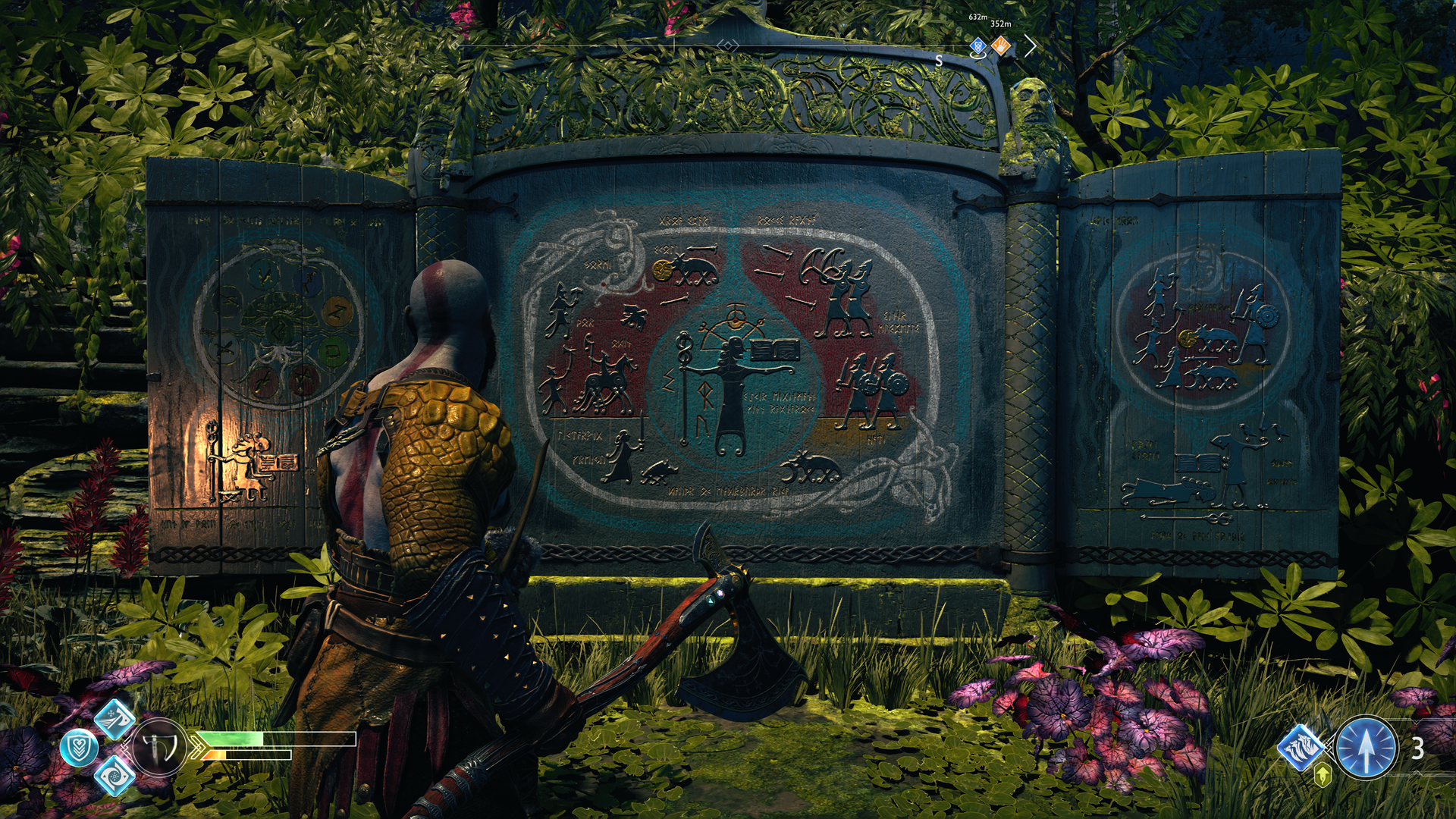
-
God of War Review #38
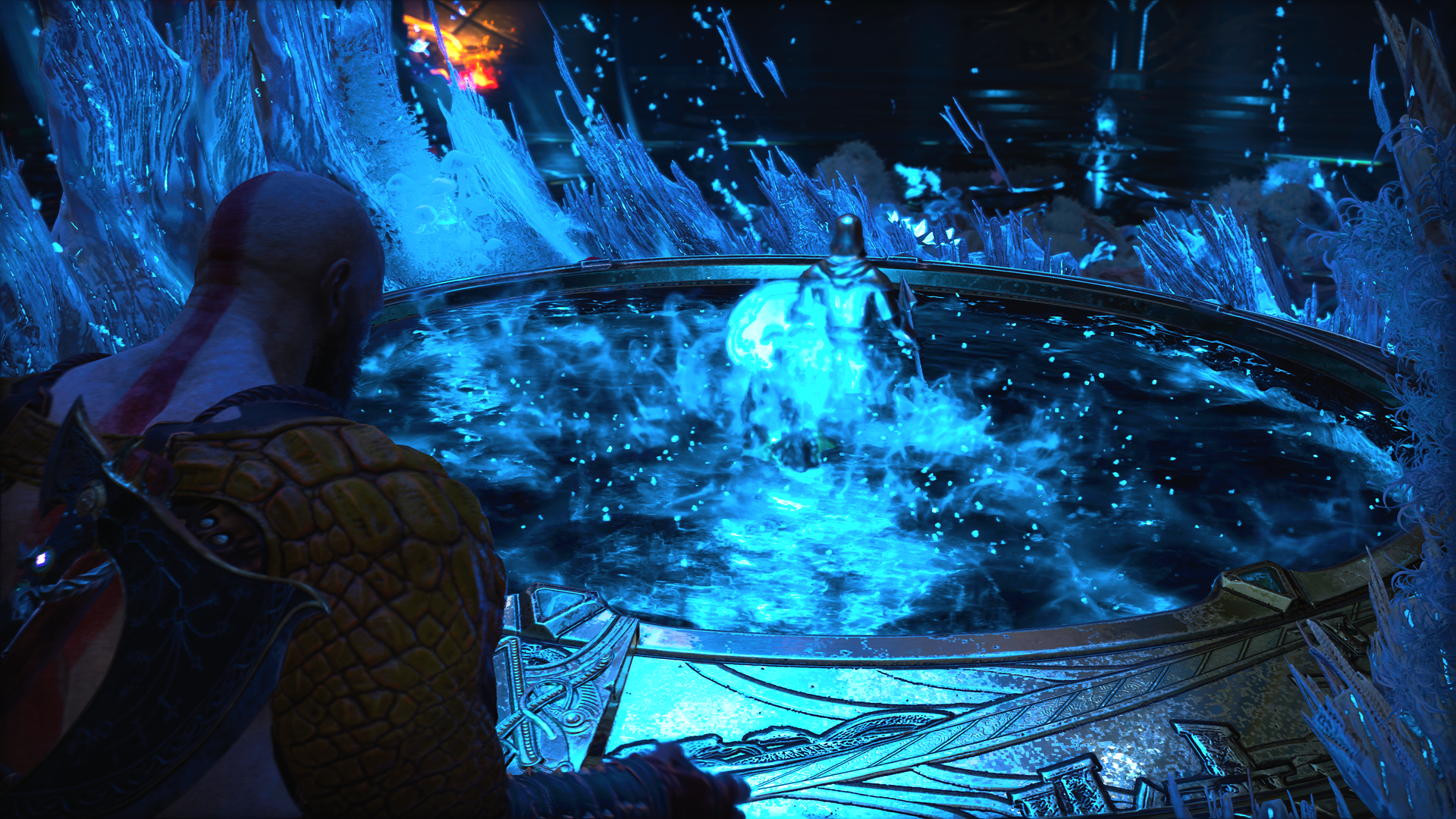
-
God of War Review #39
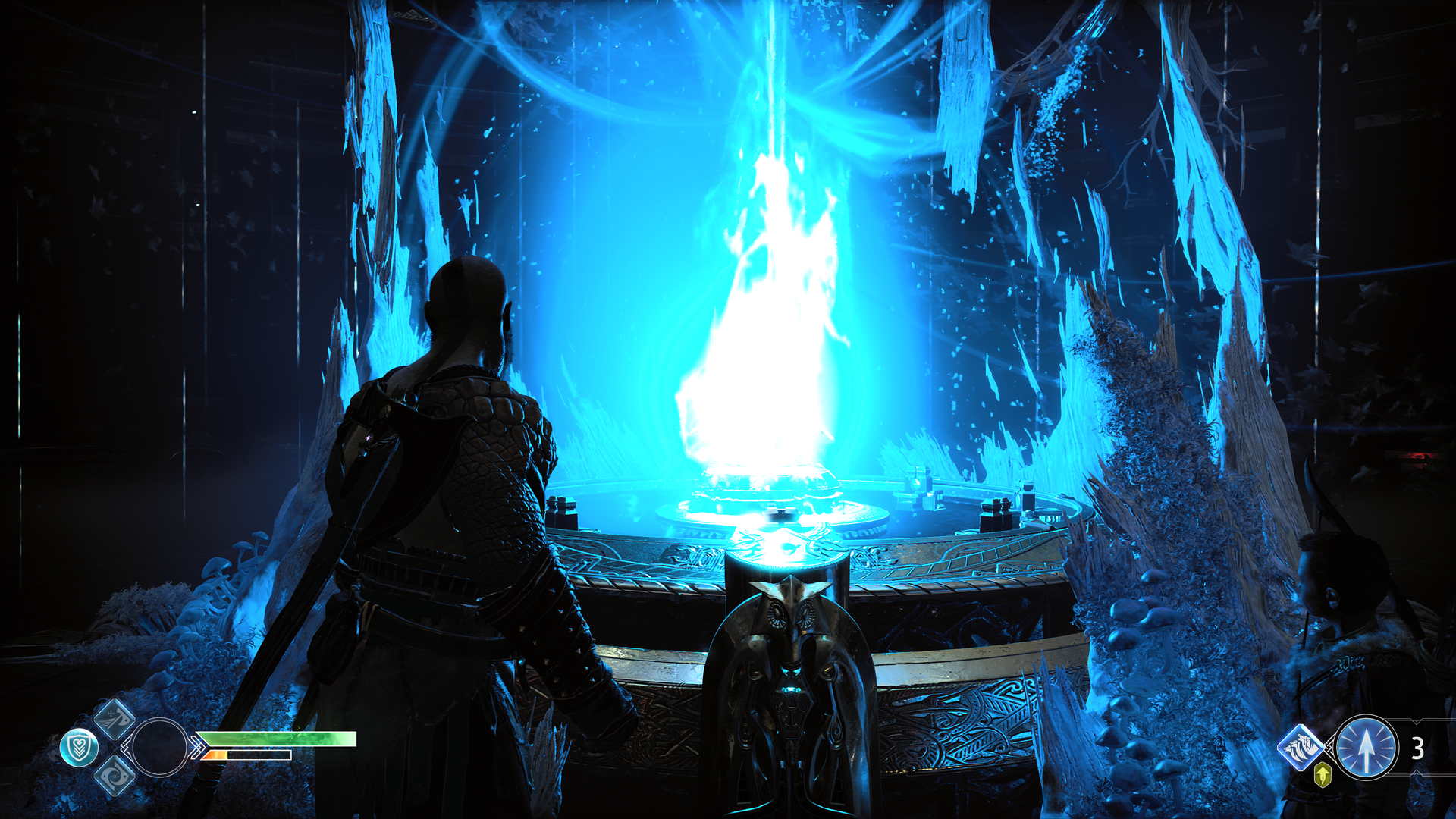
-
God of War Review #40
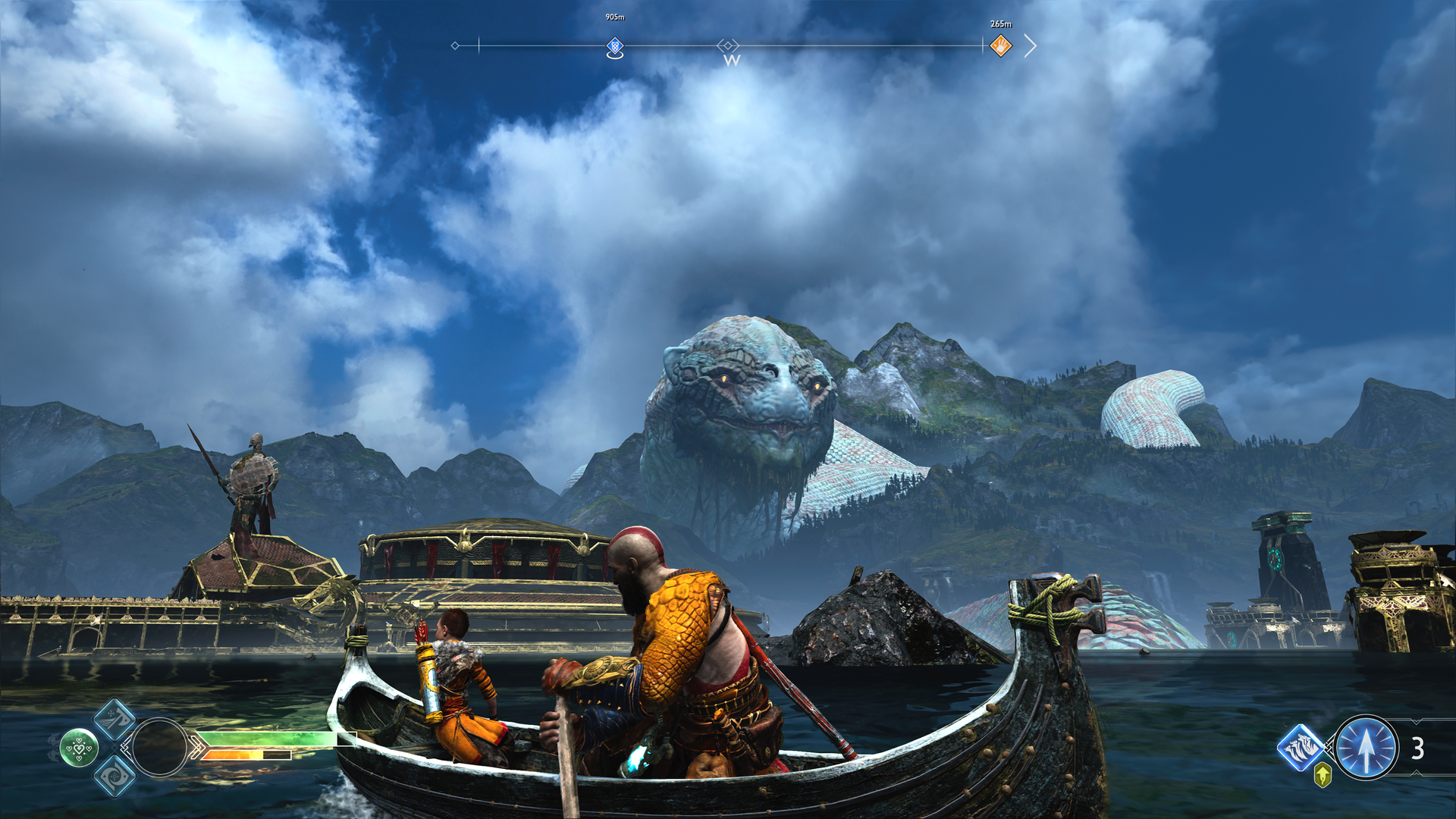
-
God of War Review #41
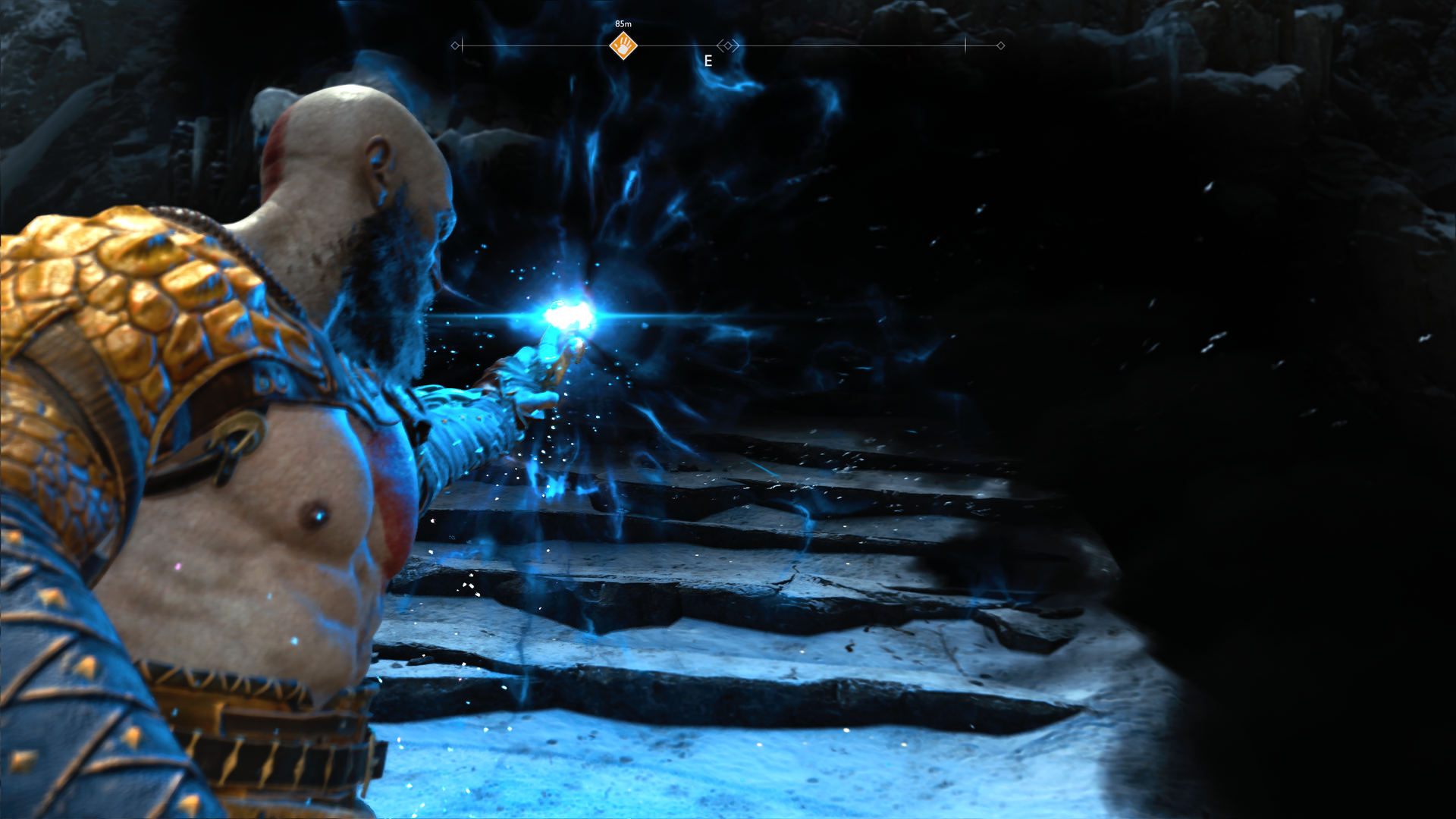
-
God of War Review #42
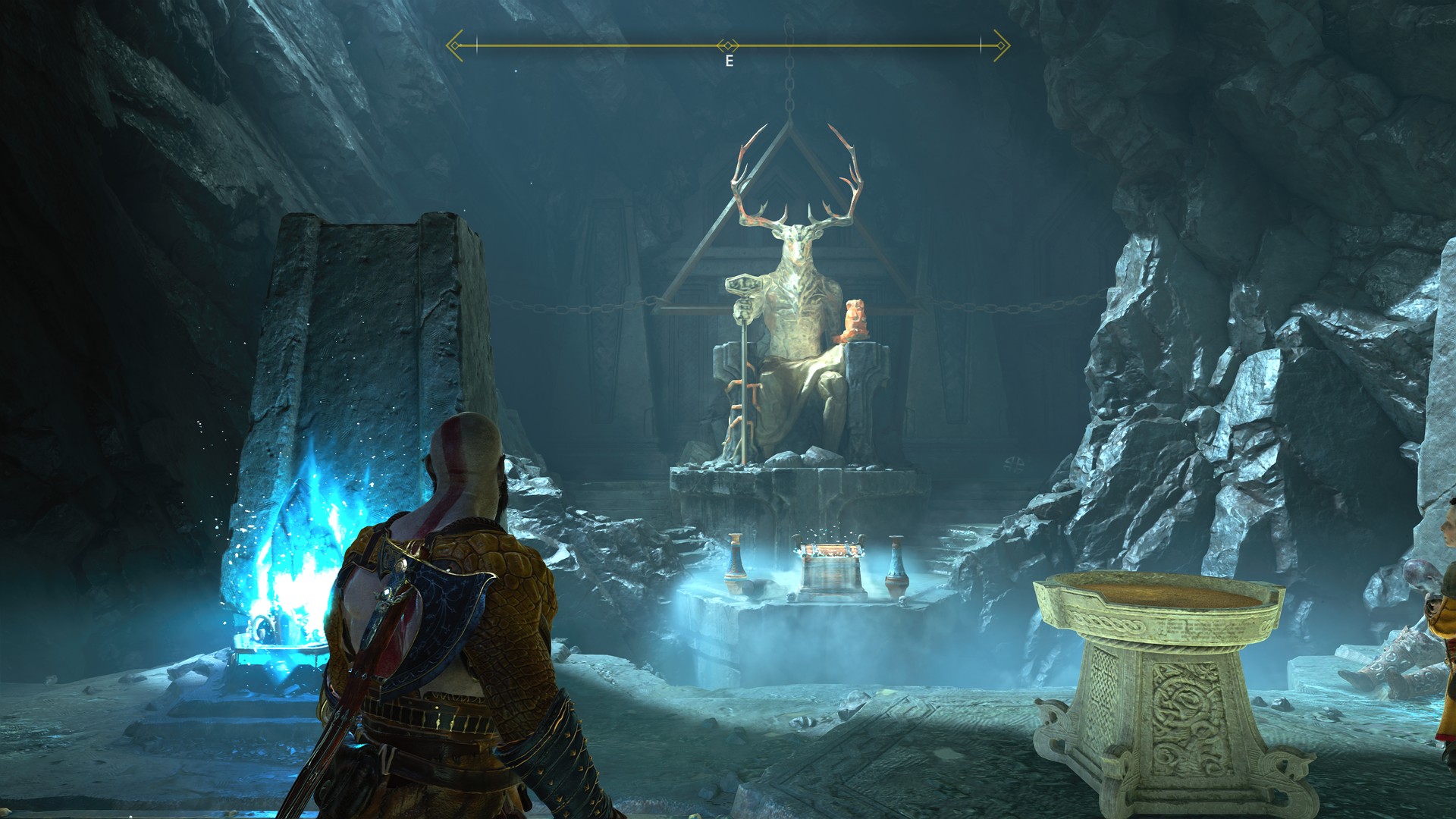
-
God of War Review #43
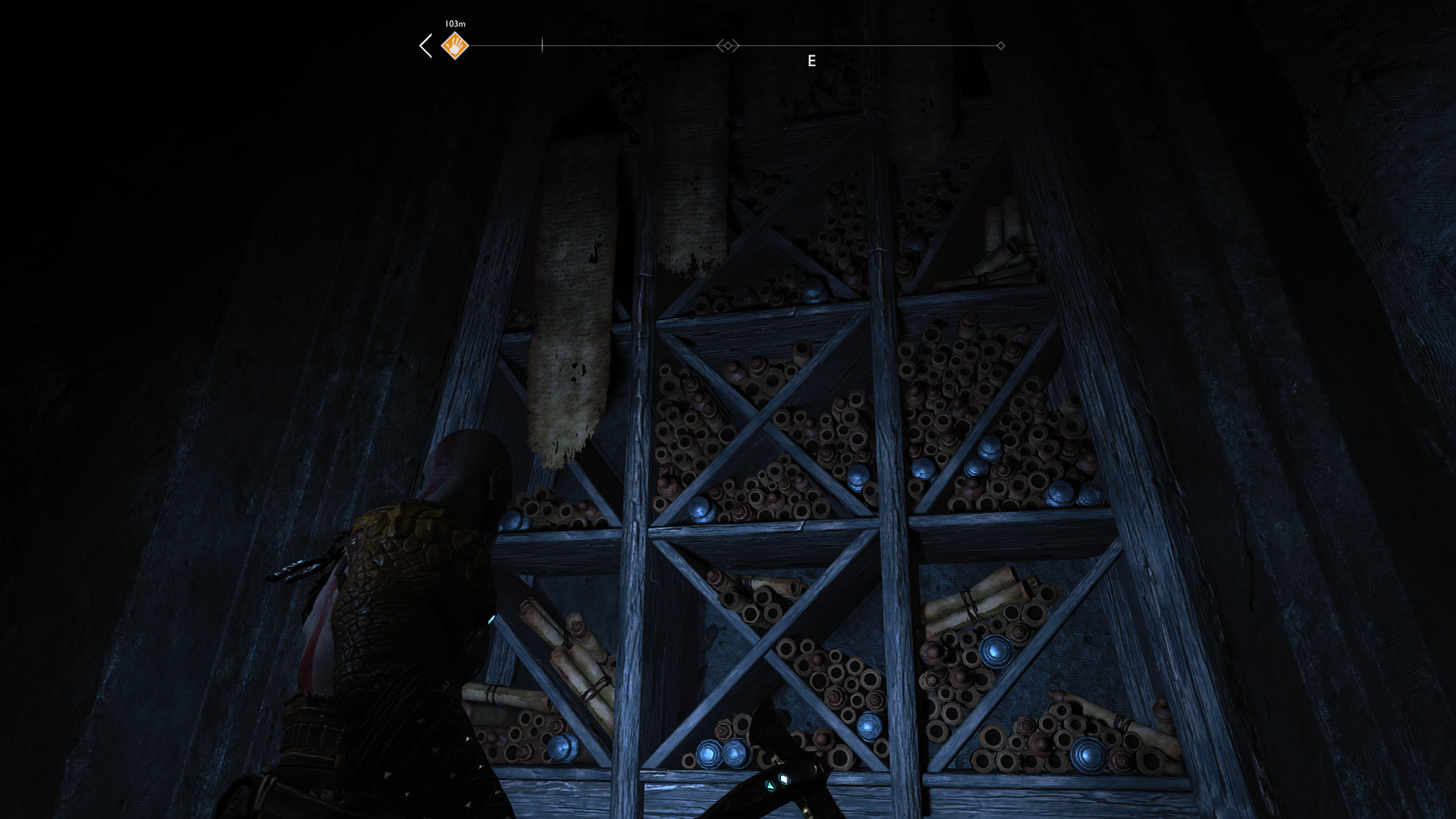
-
God of War Review #44
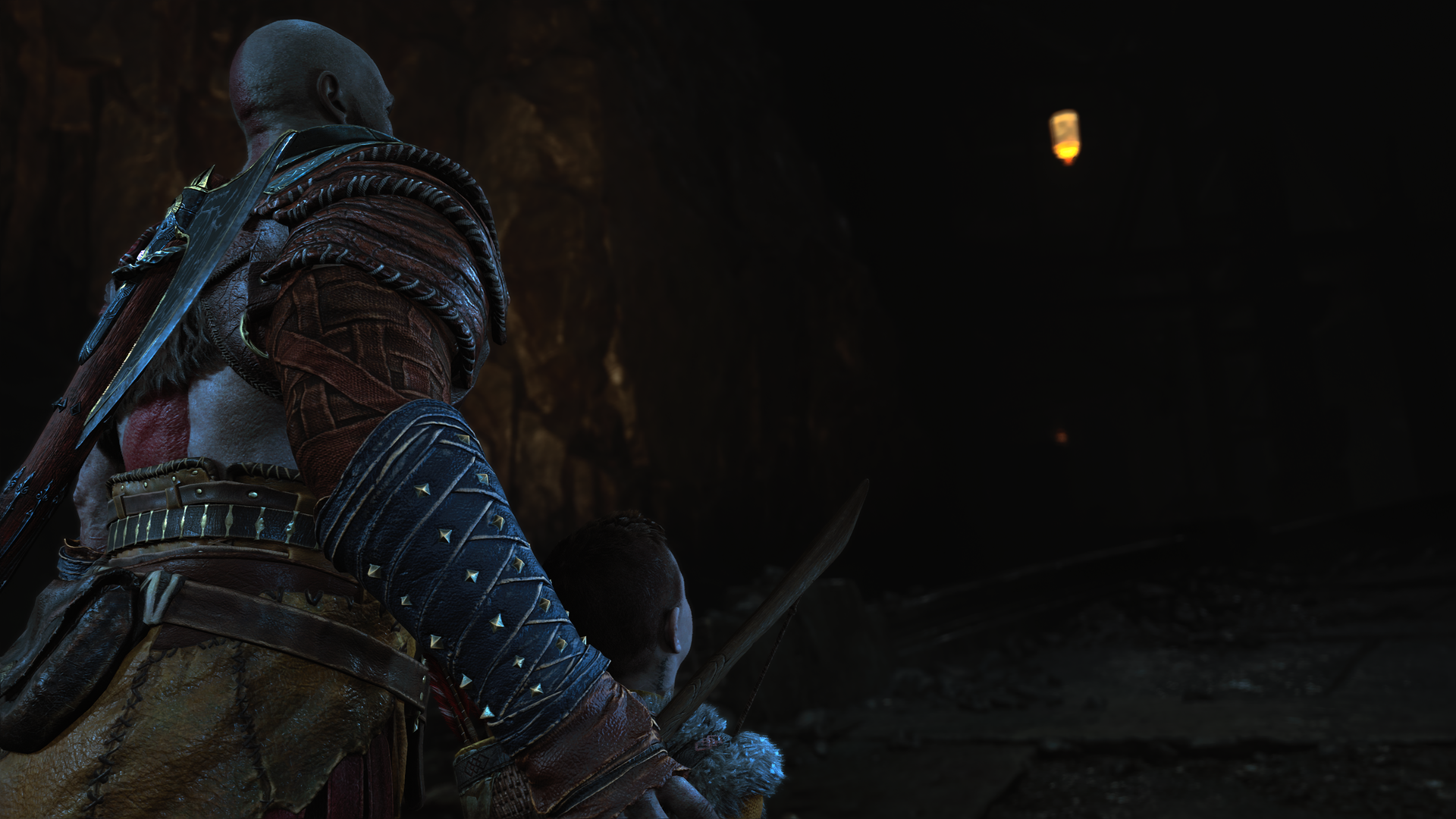
-
God of War Review #45
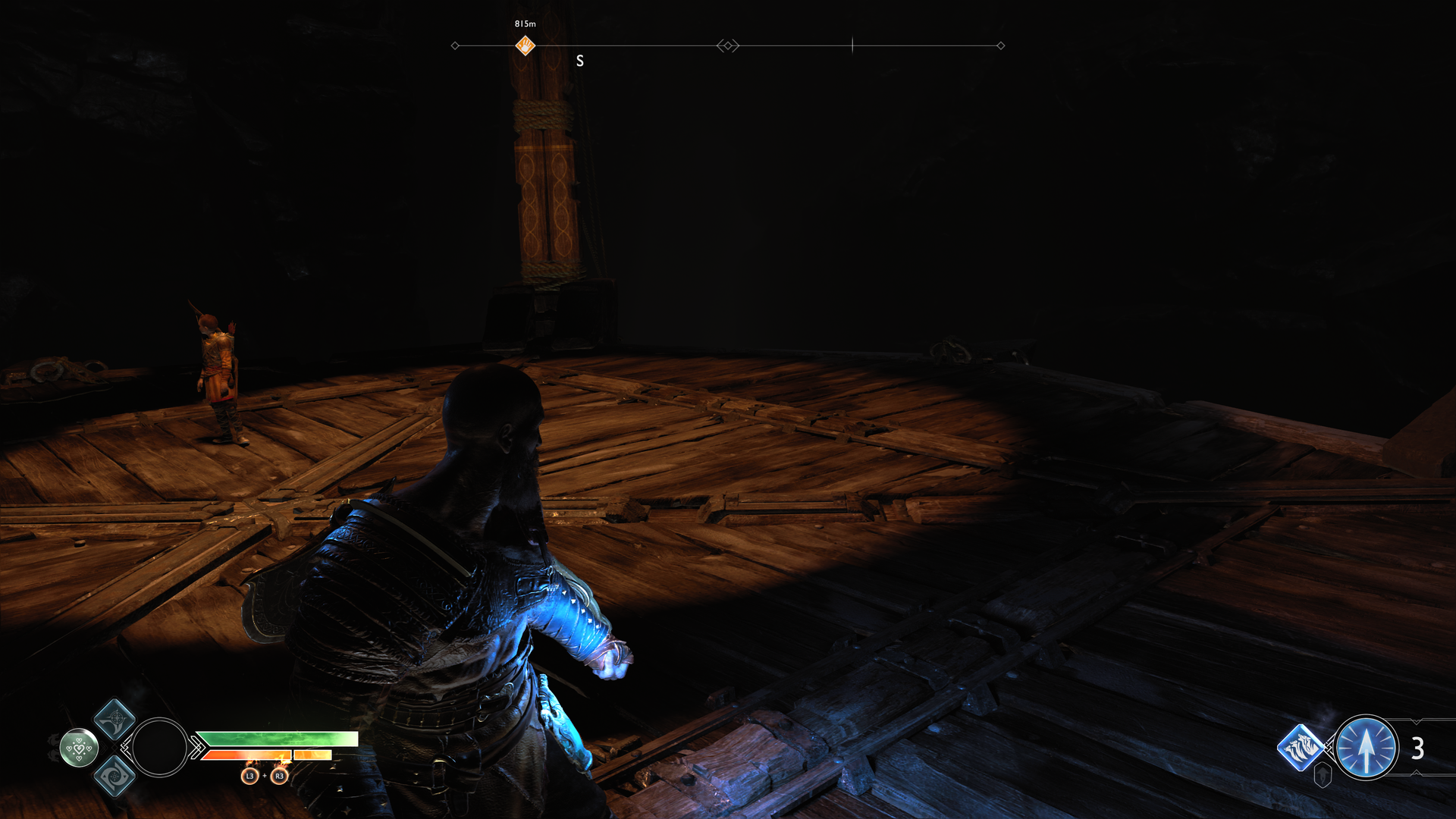
-
God of War Review #46
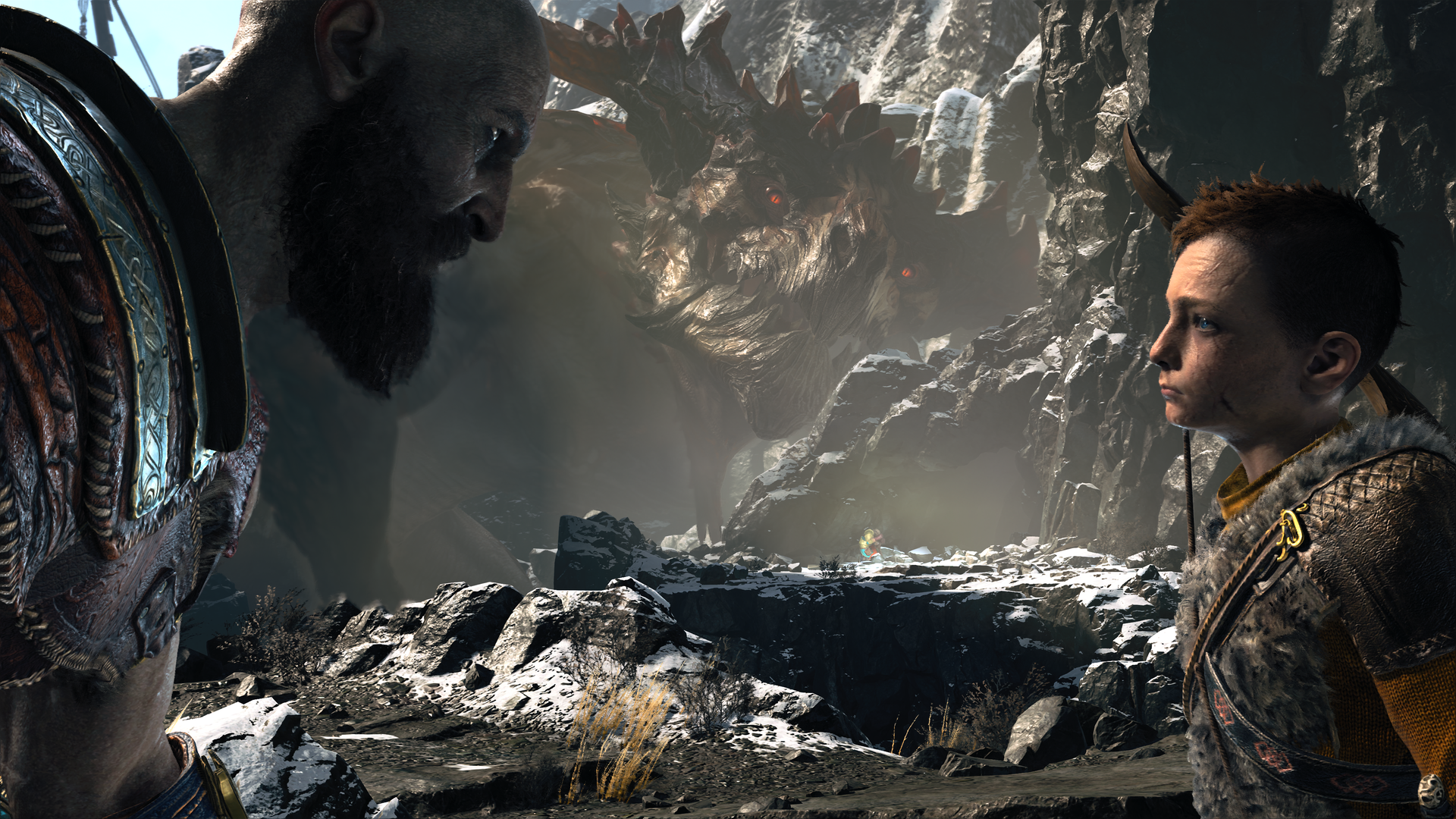
-
God of War Review #47
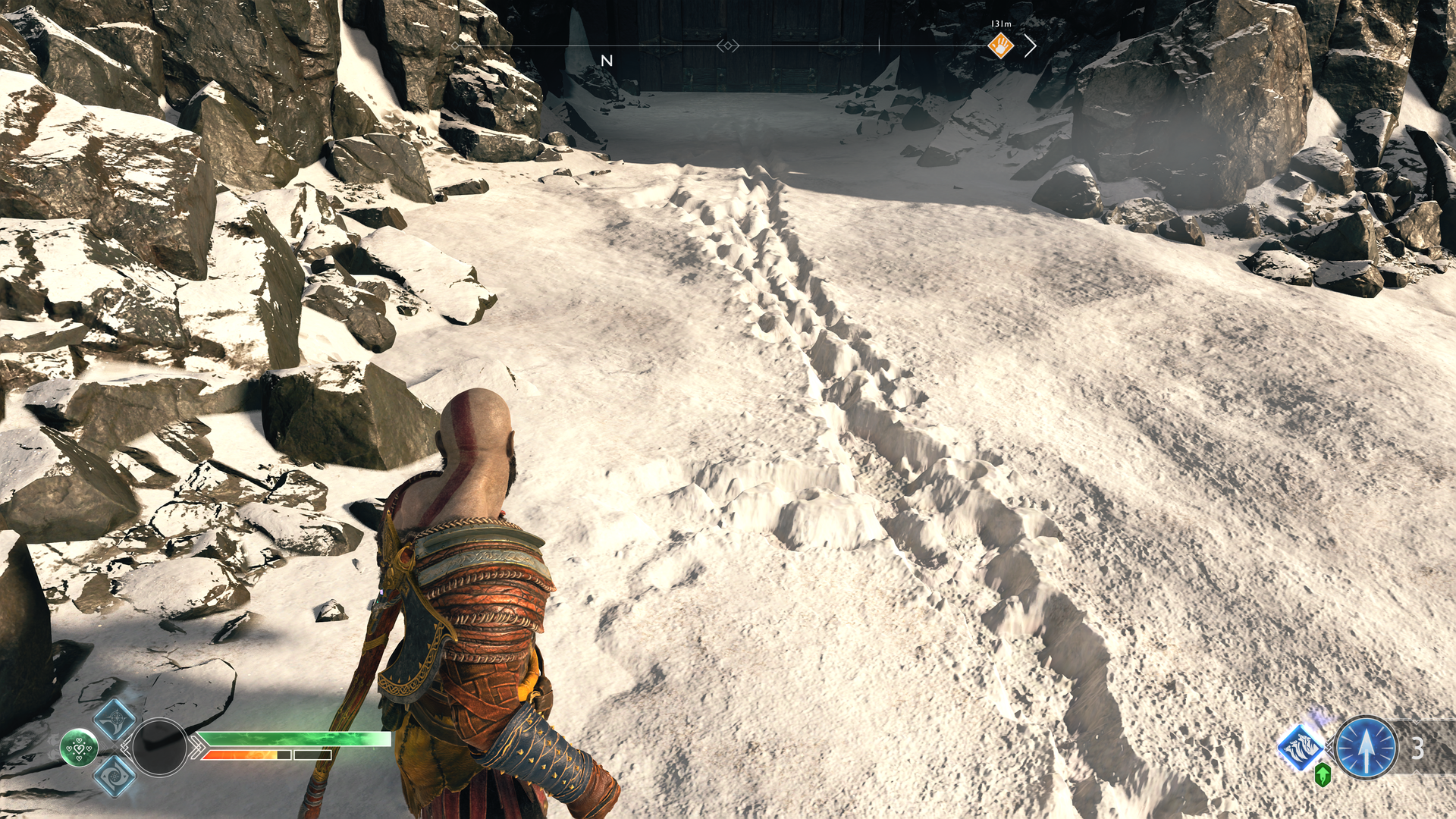
-
God of War Review #48
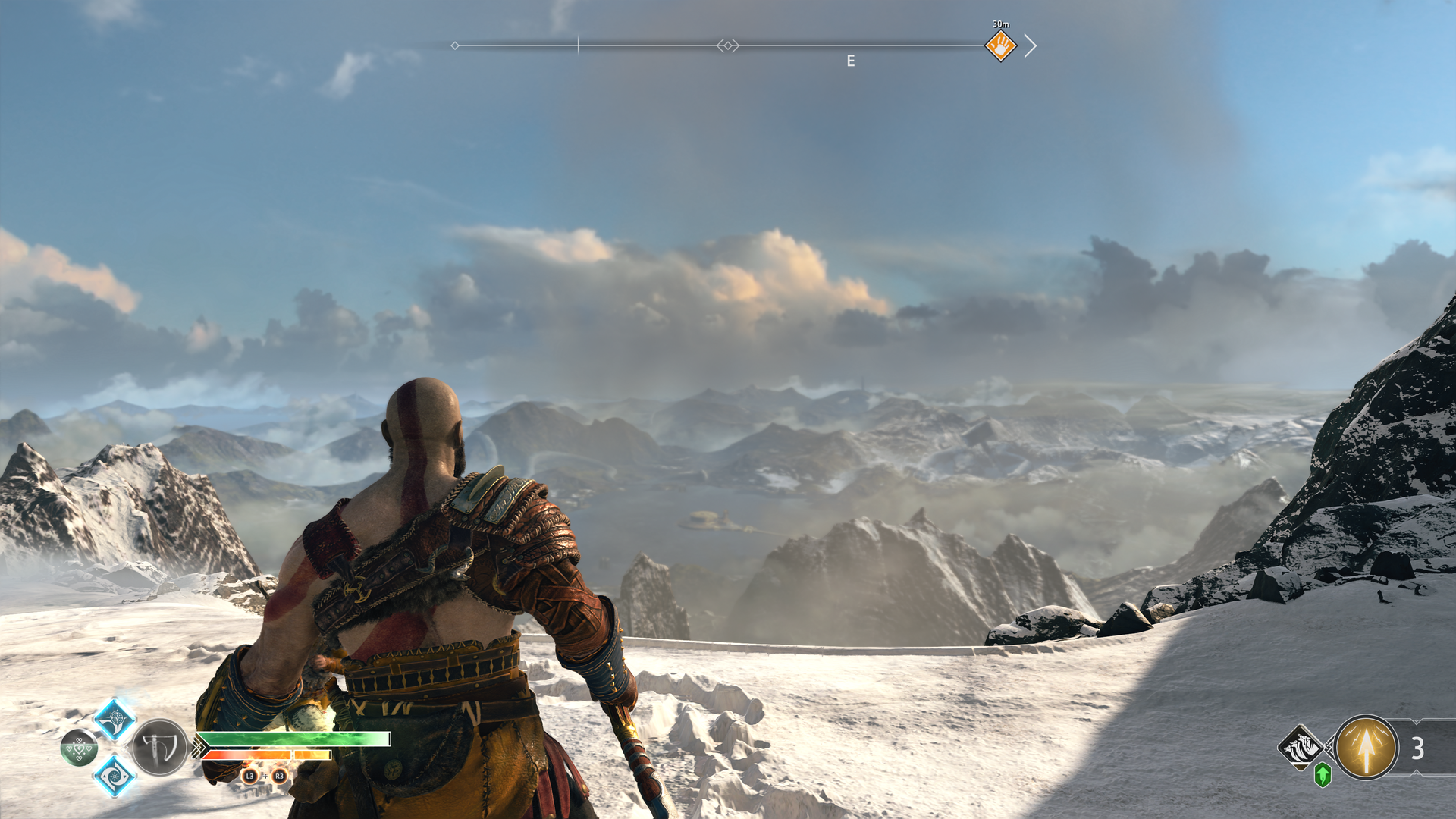
-
God of War Review #49
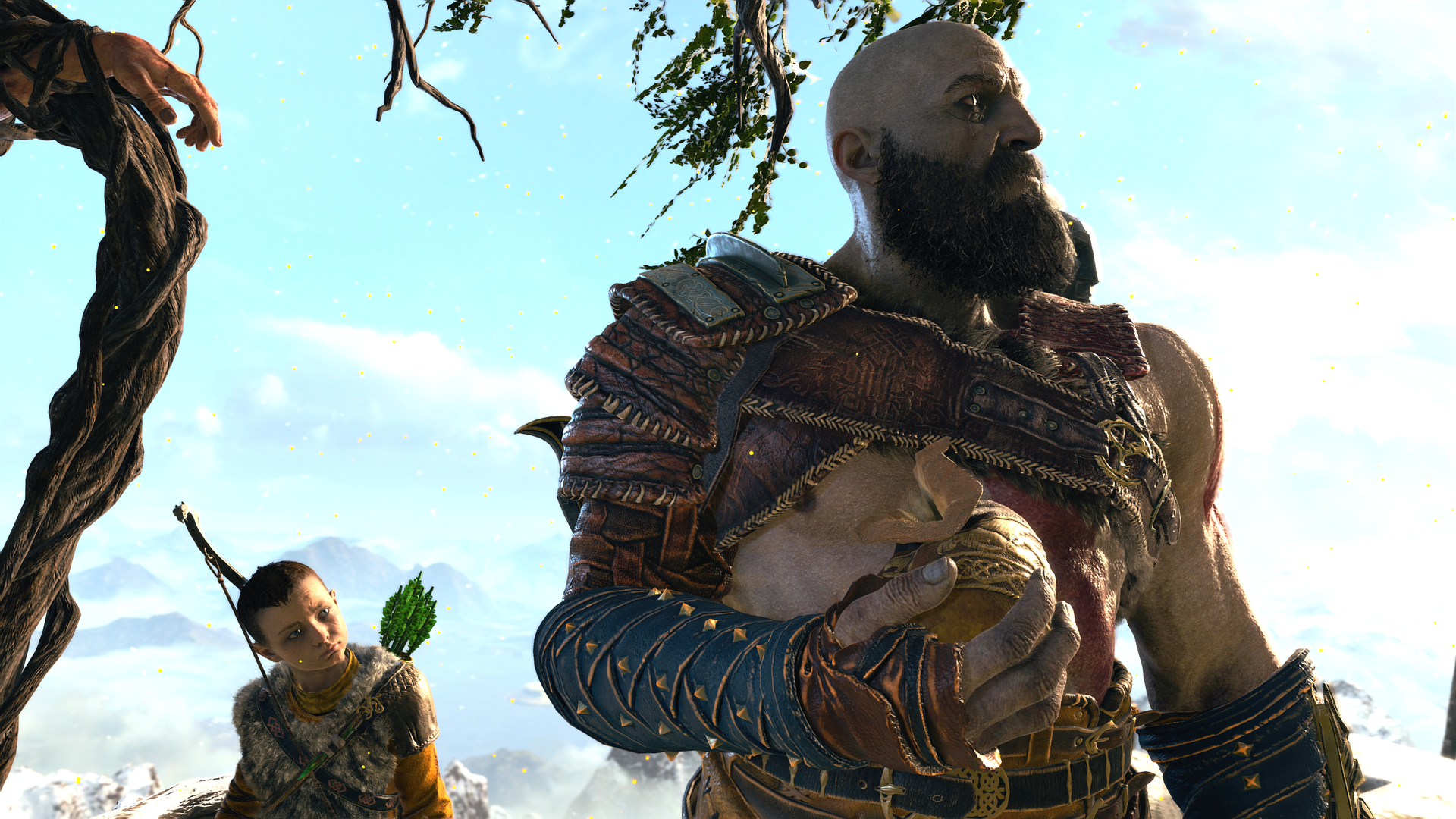
-
God of War Review #50
